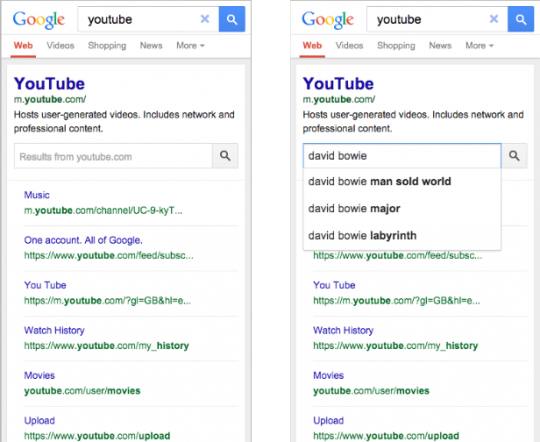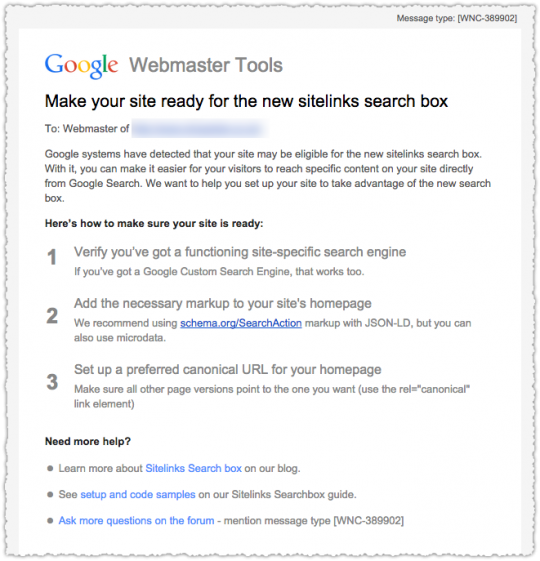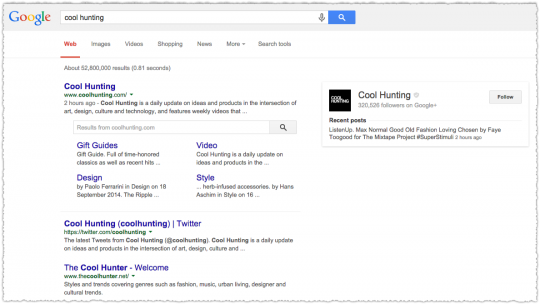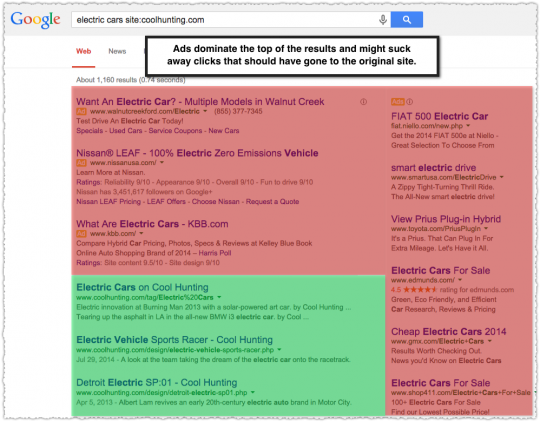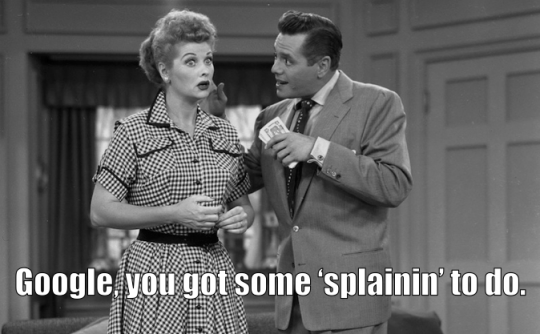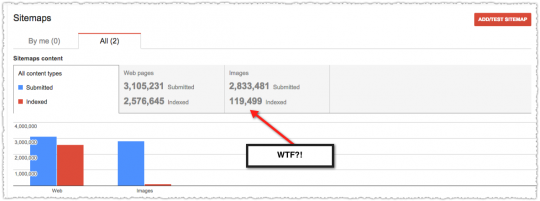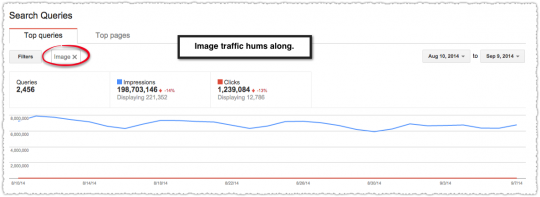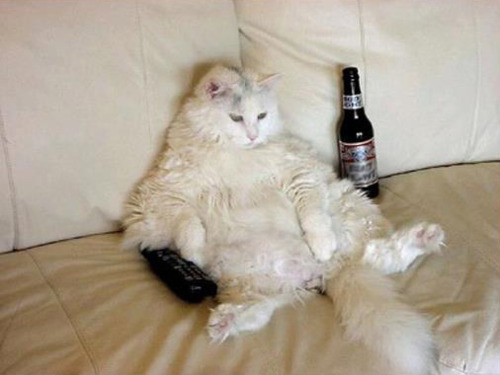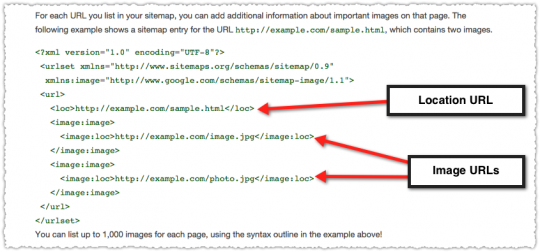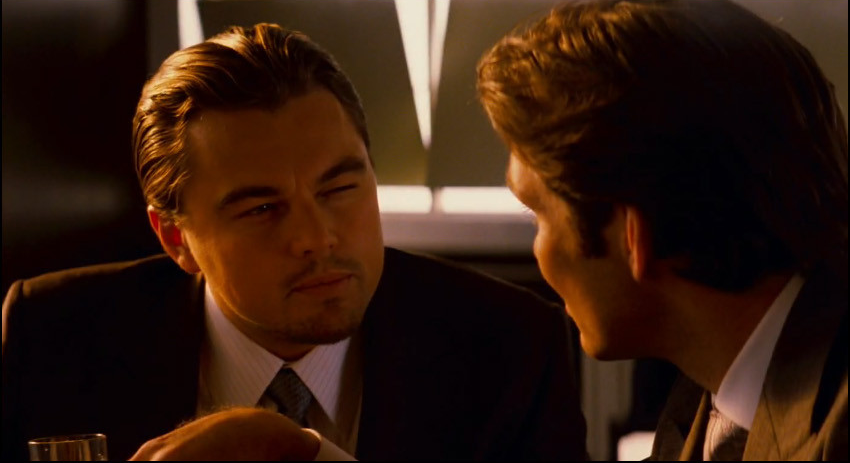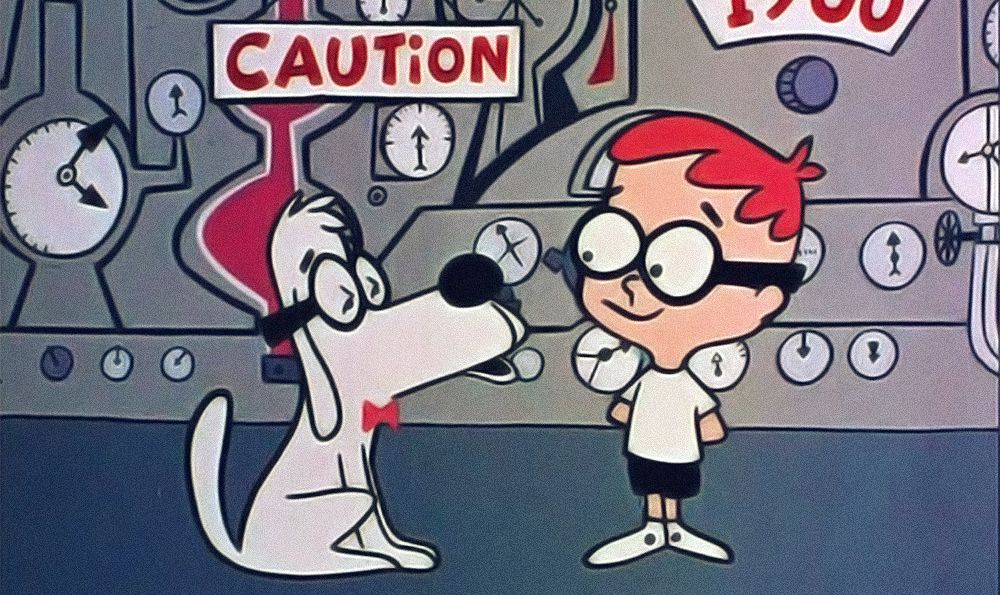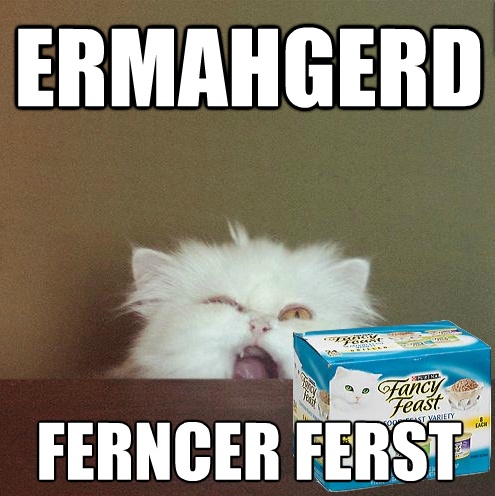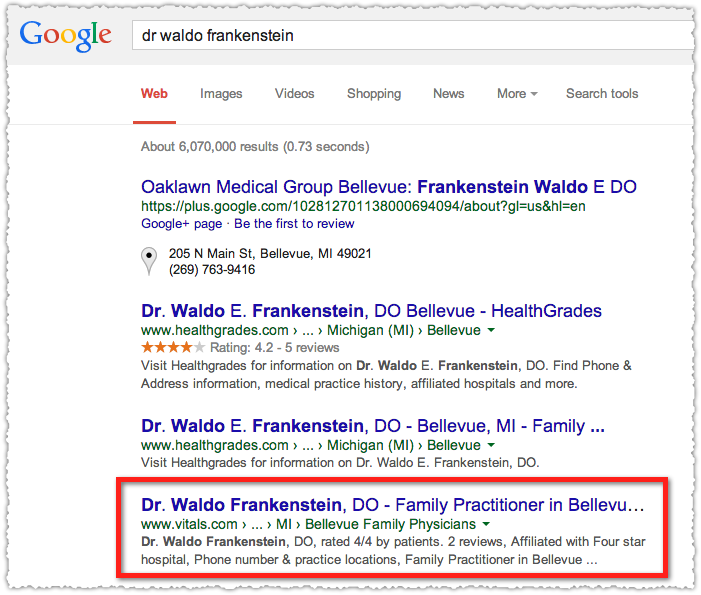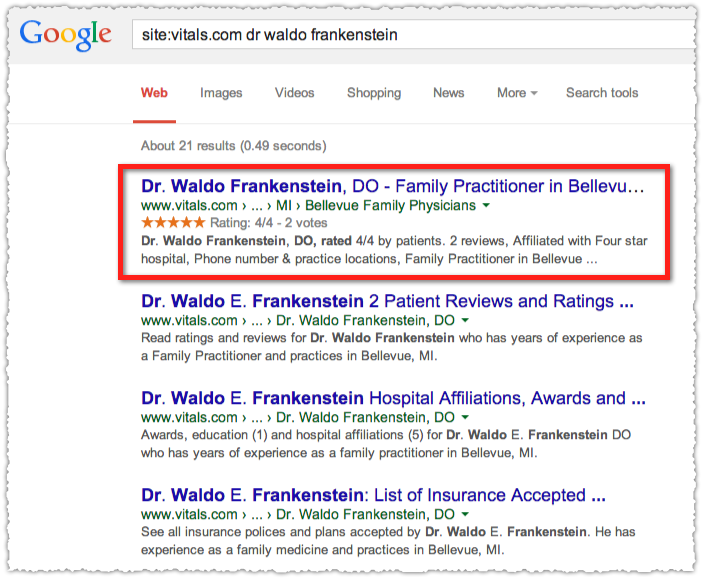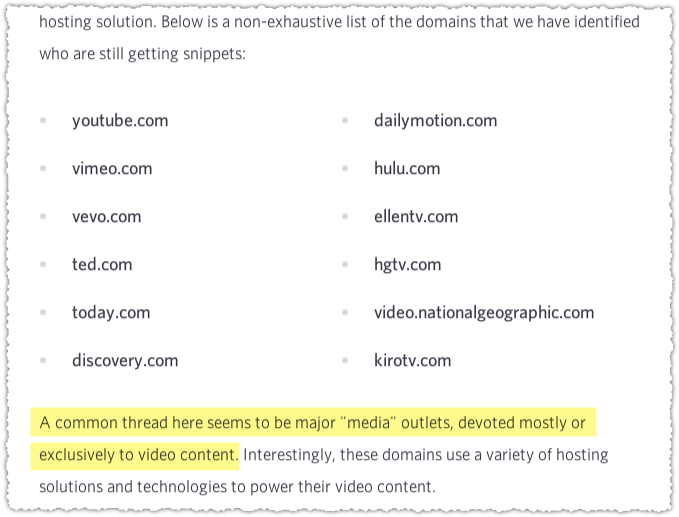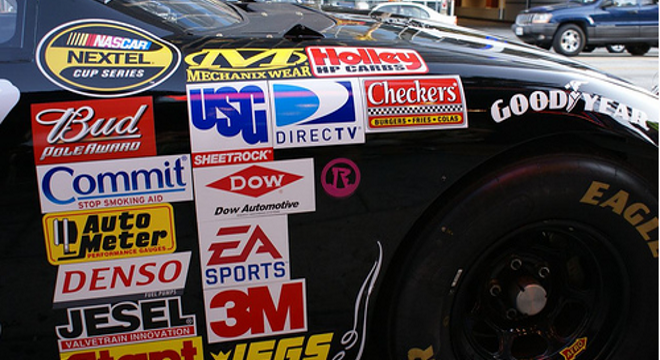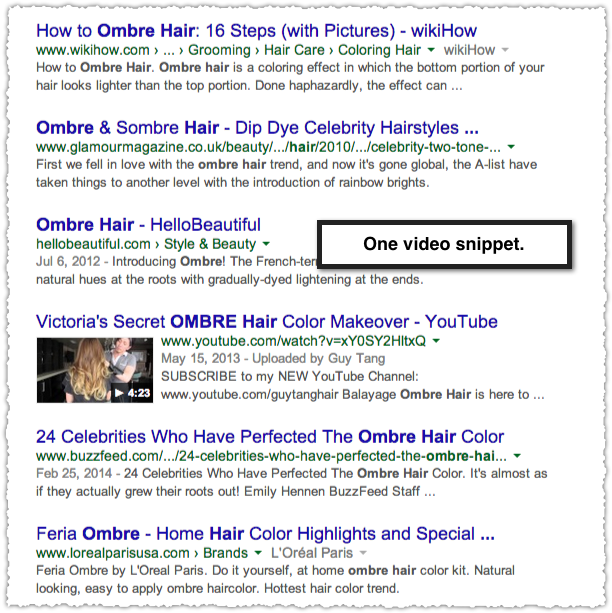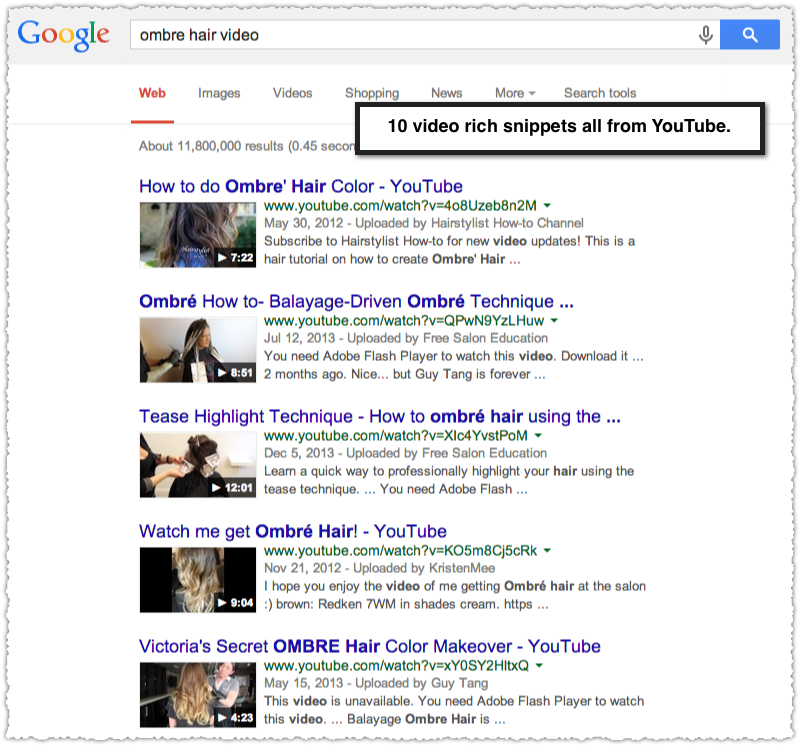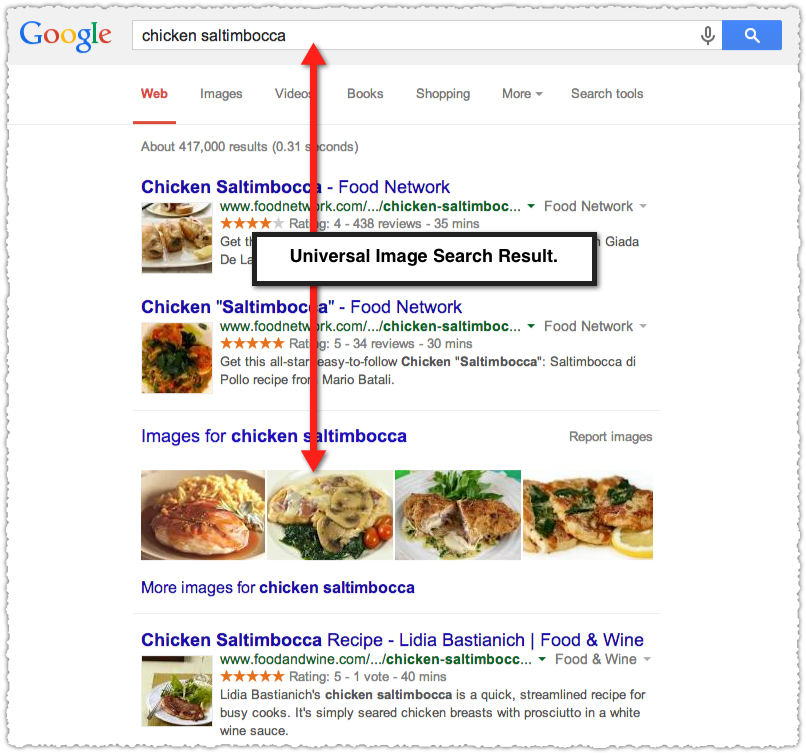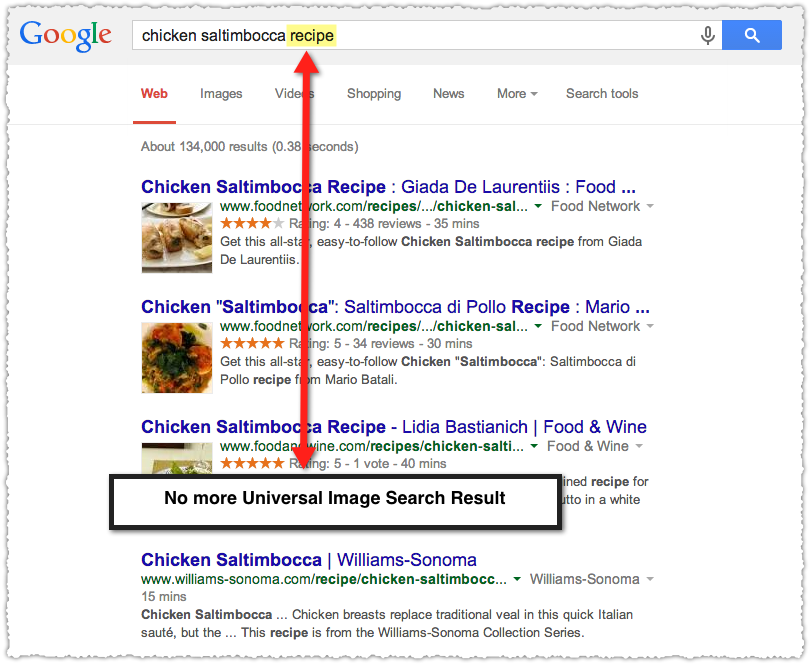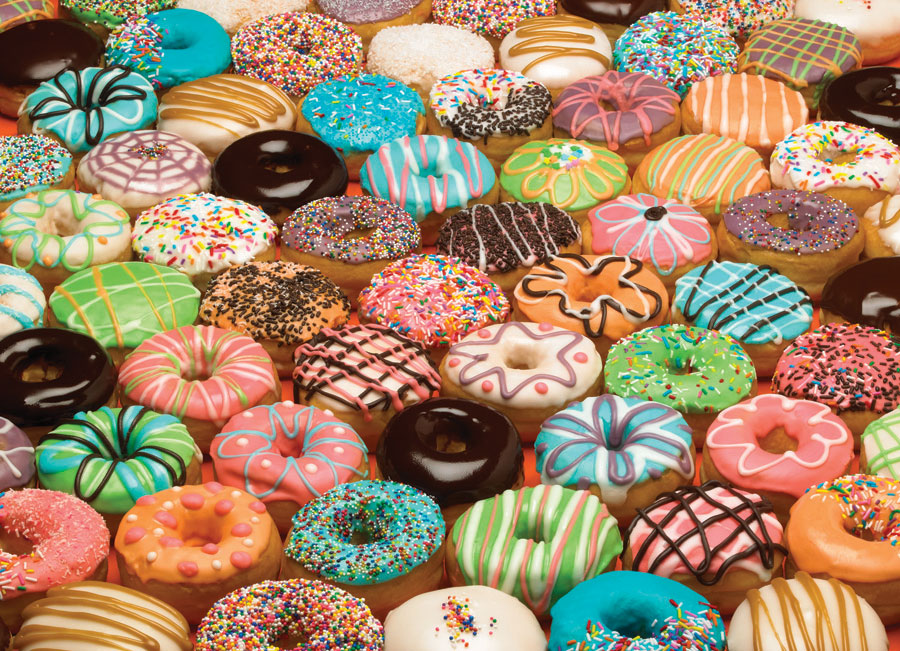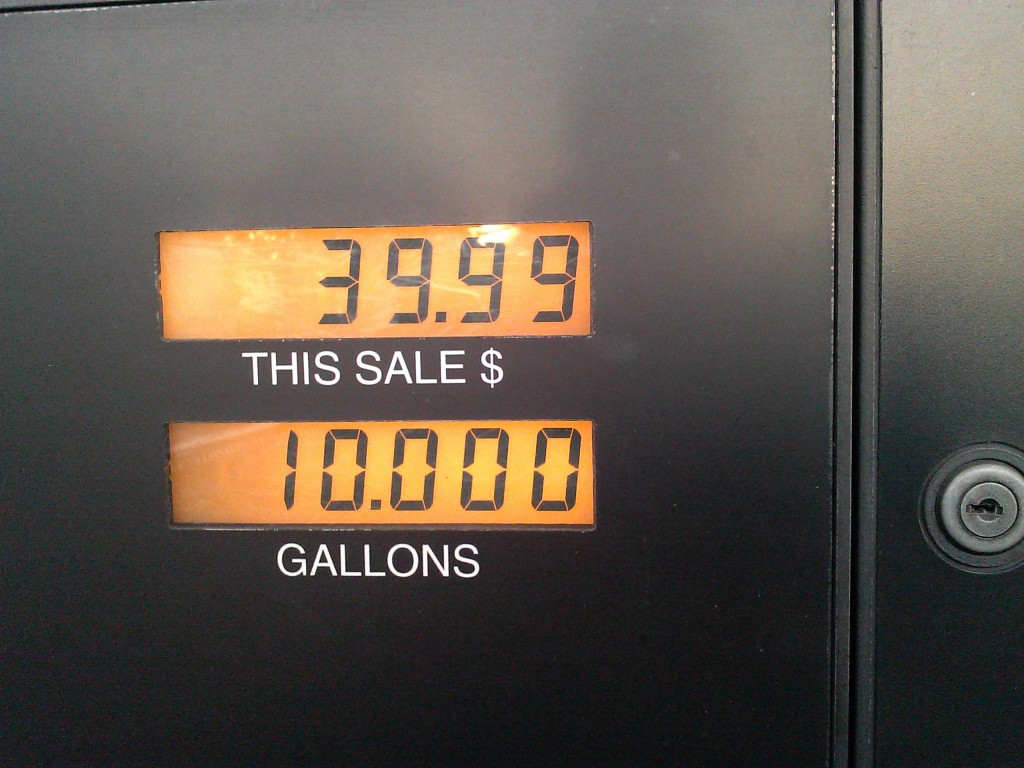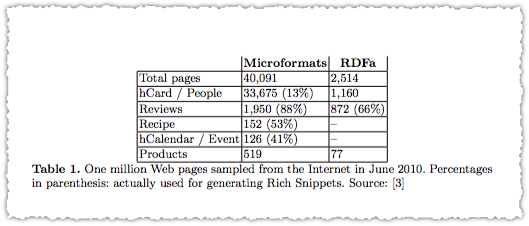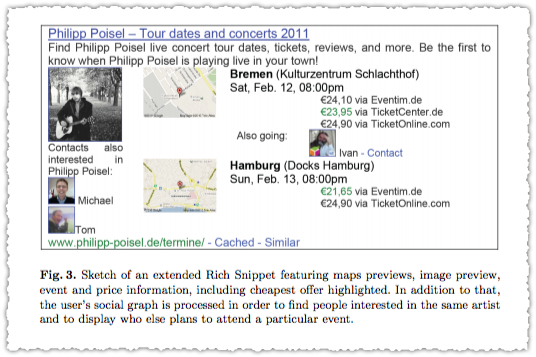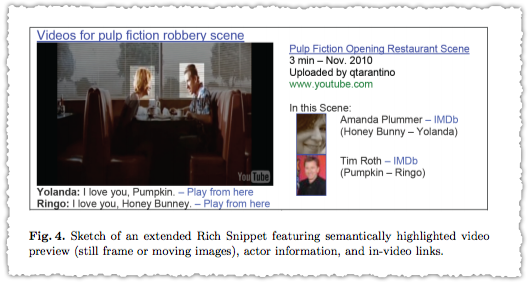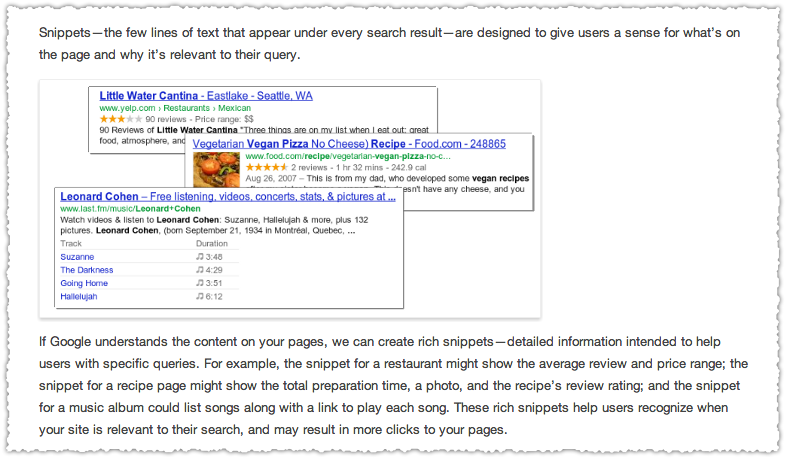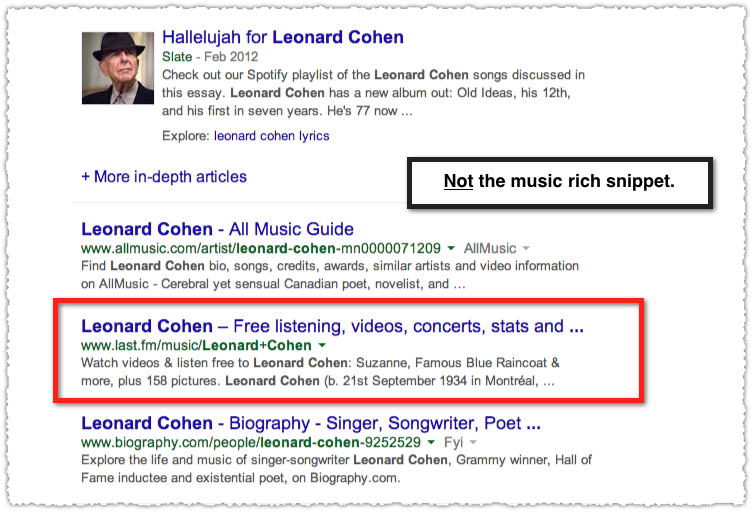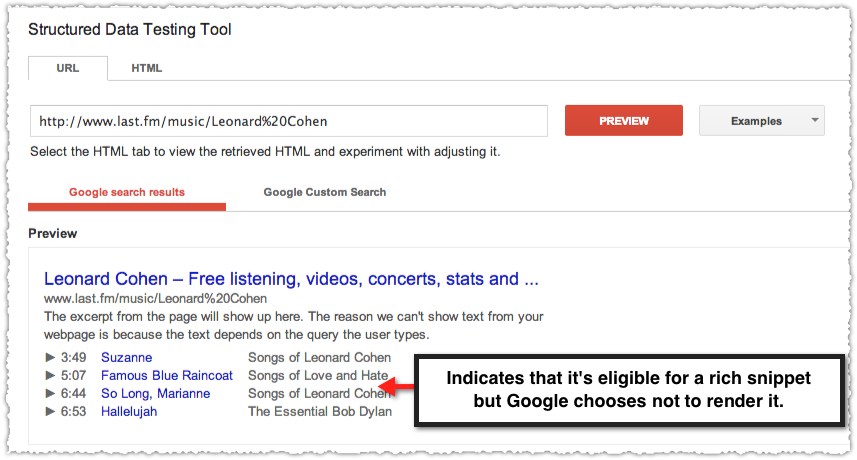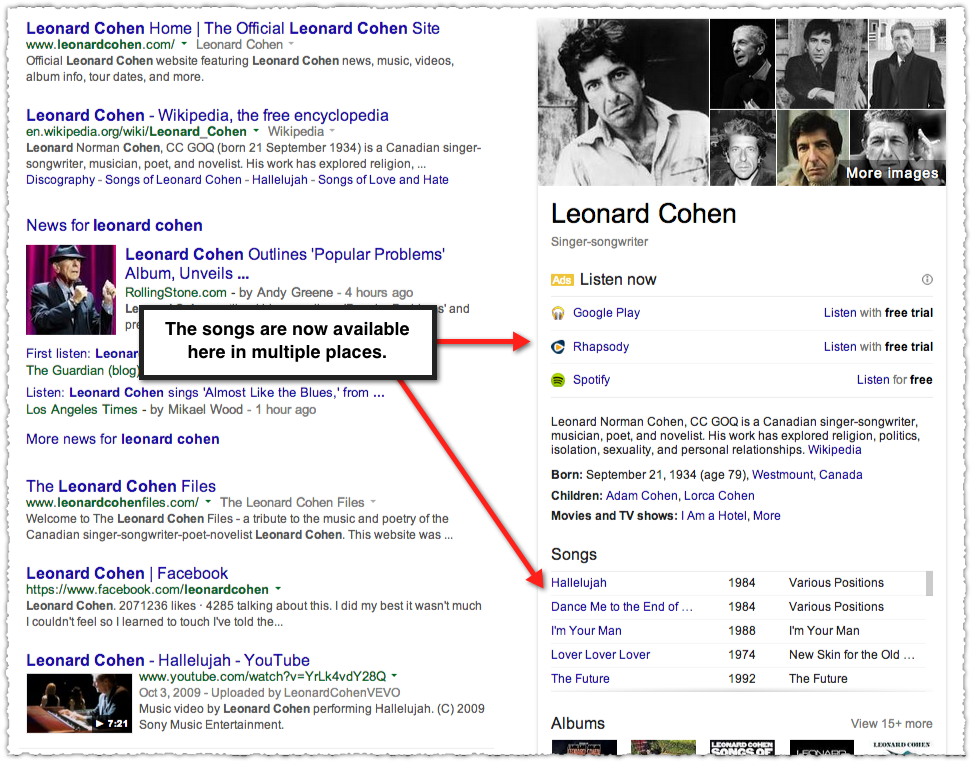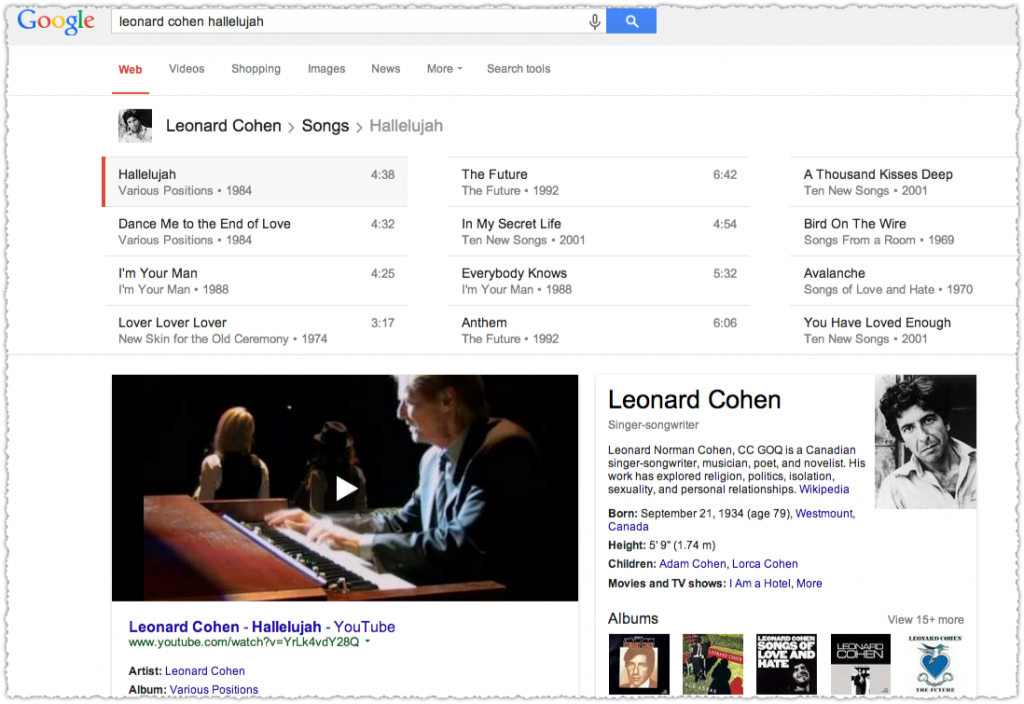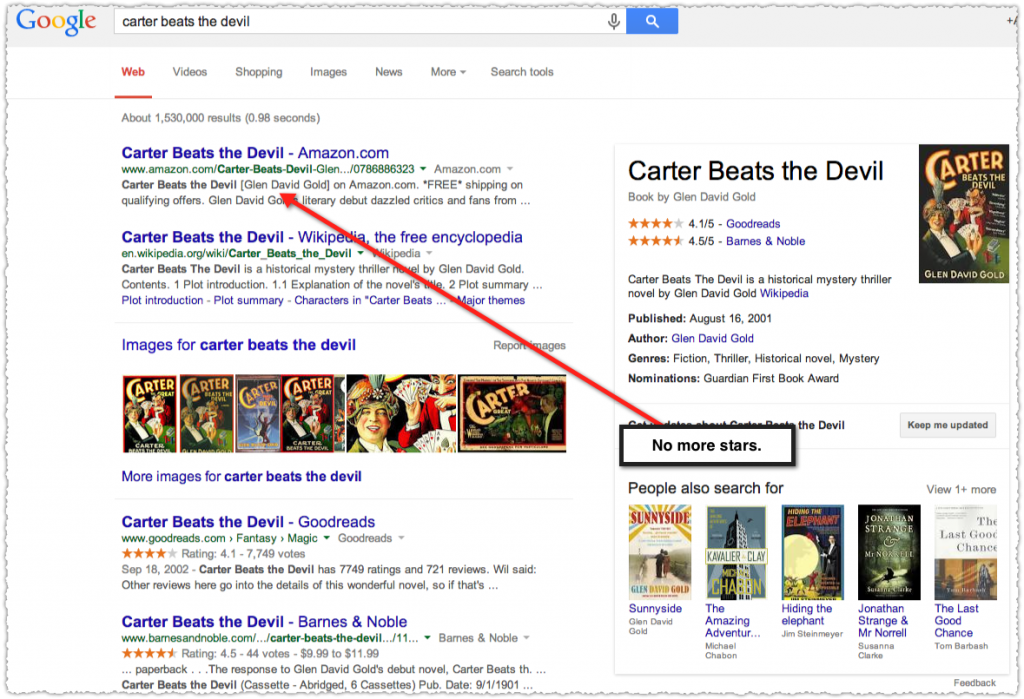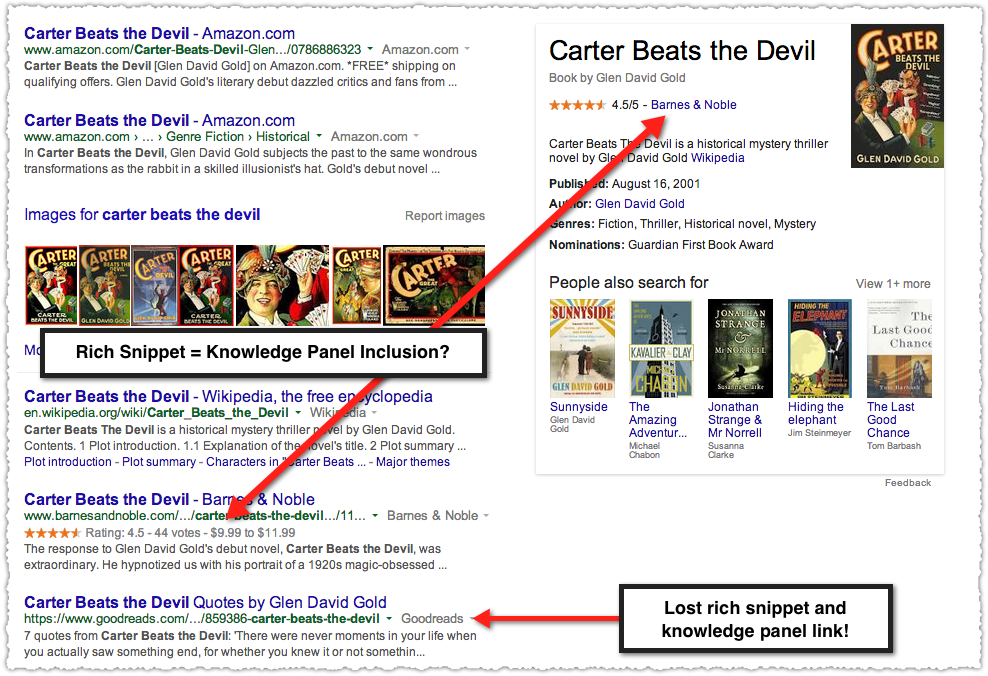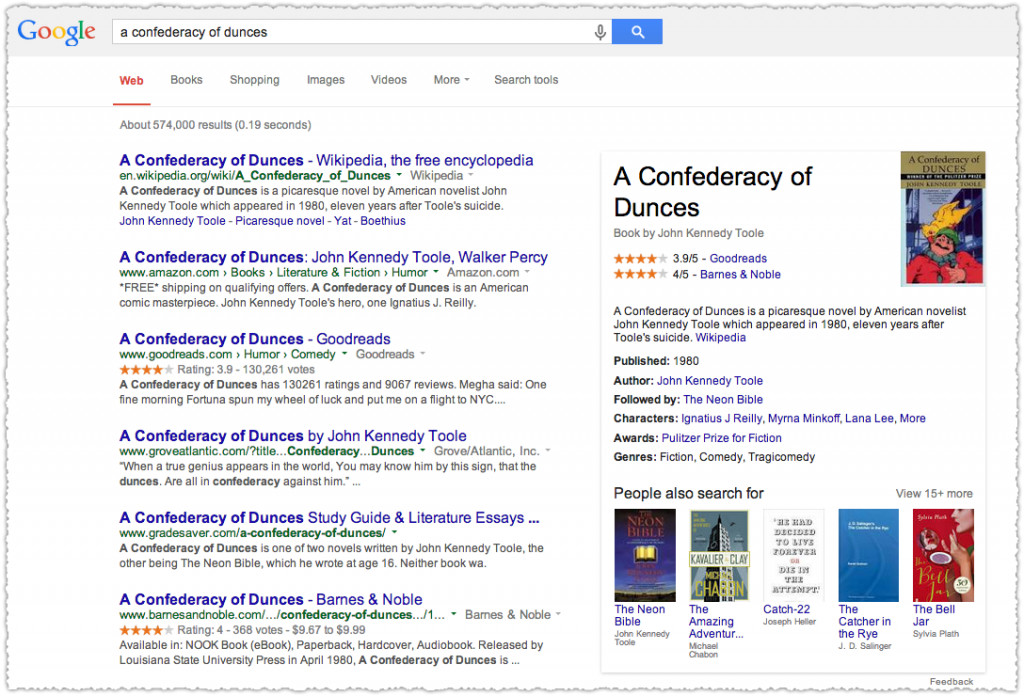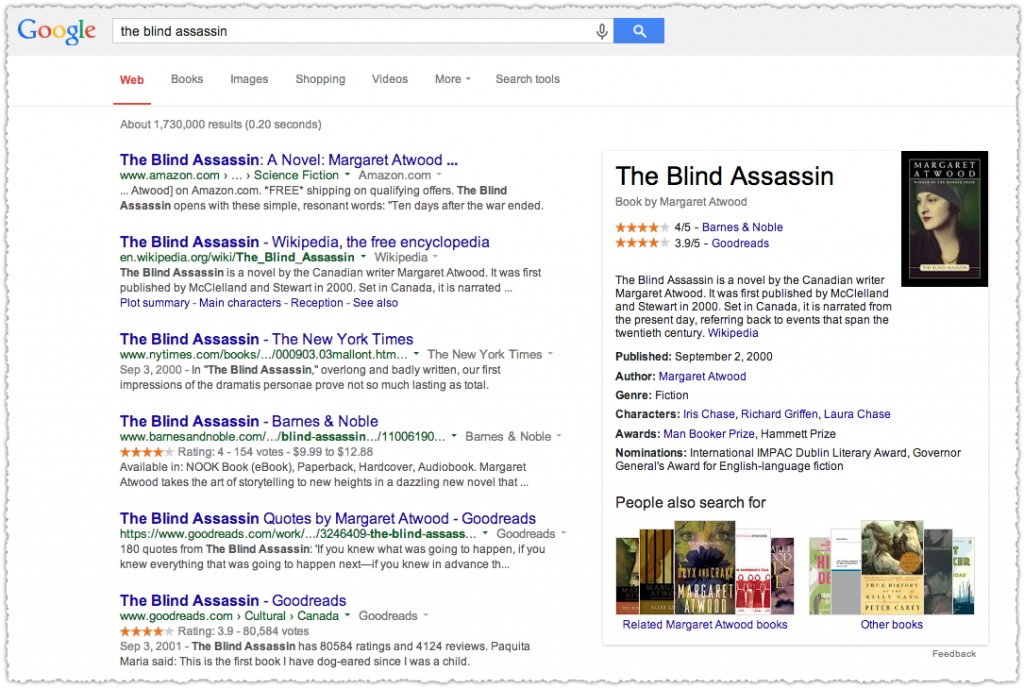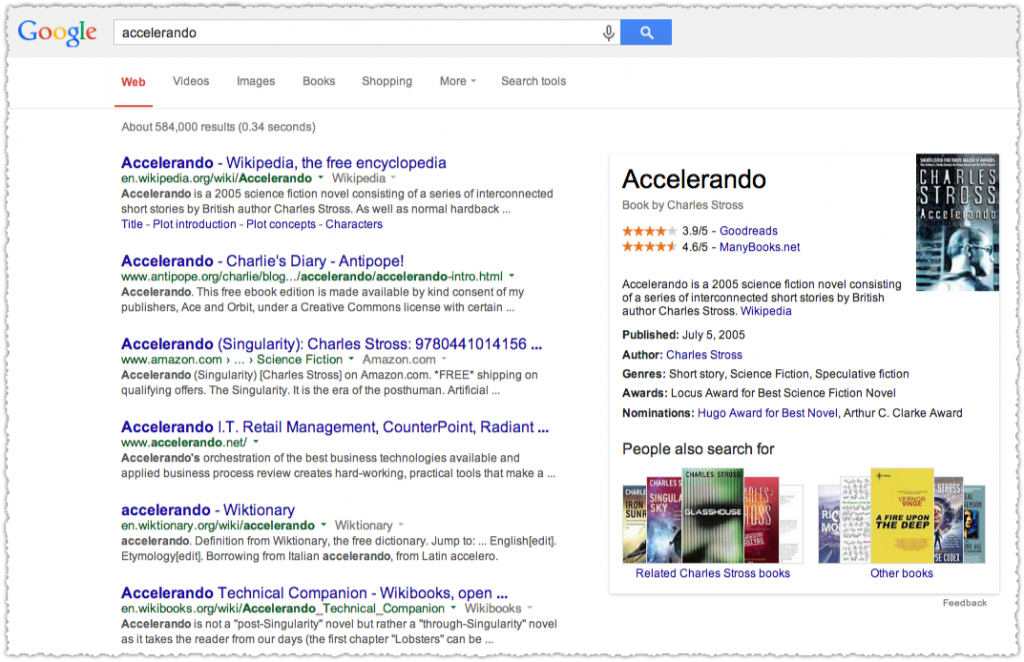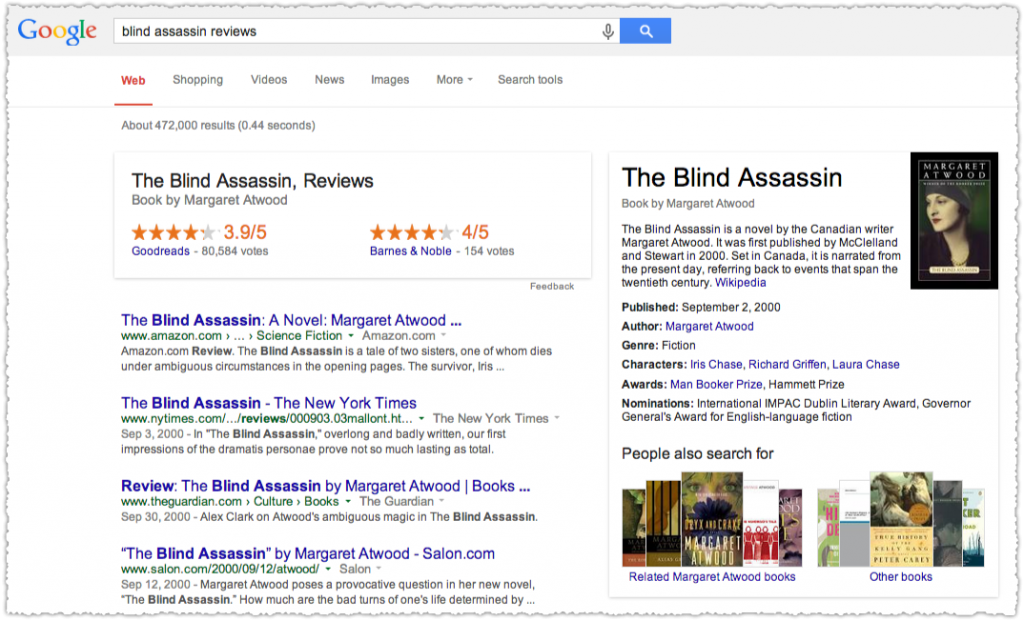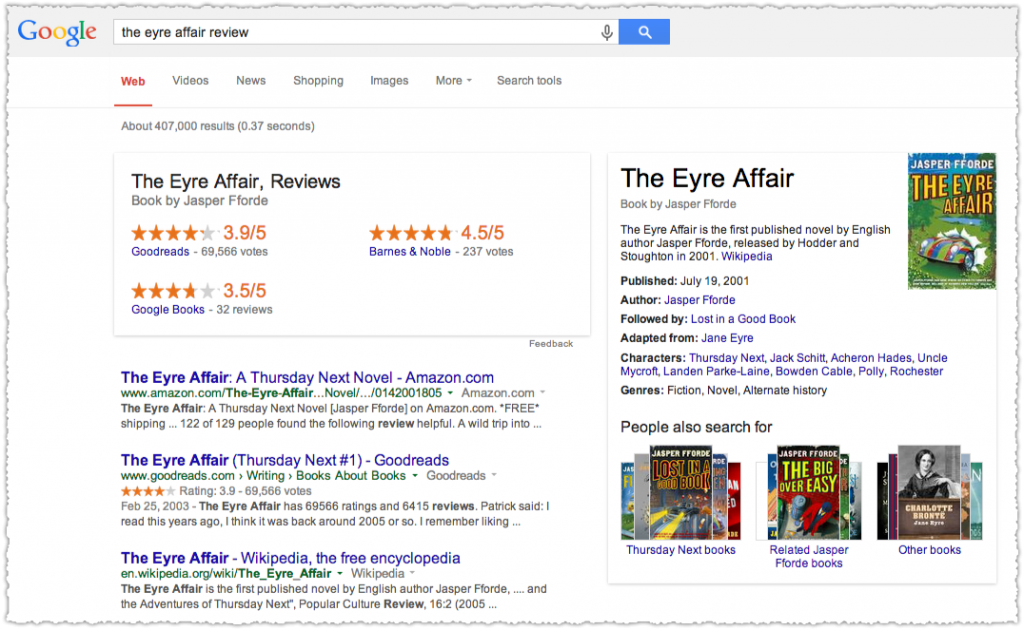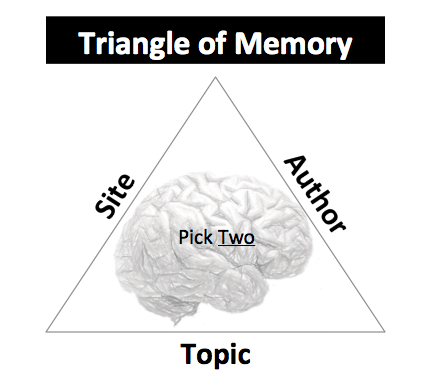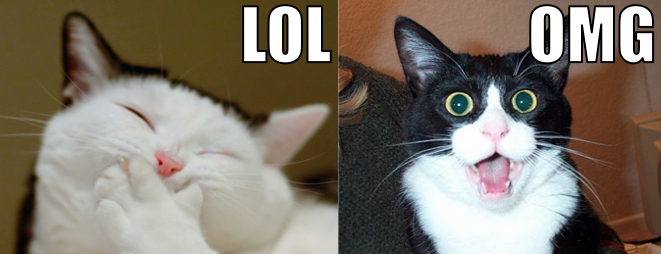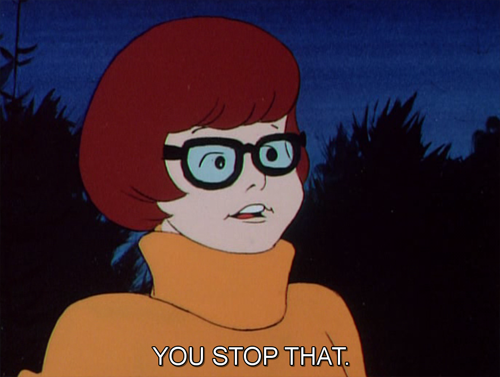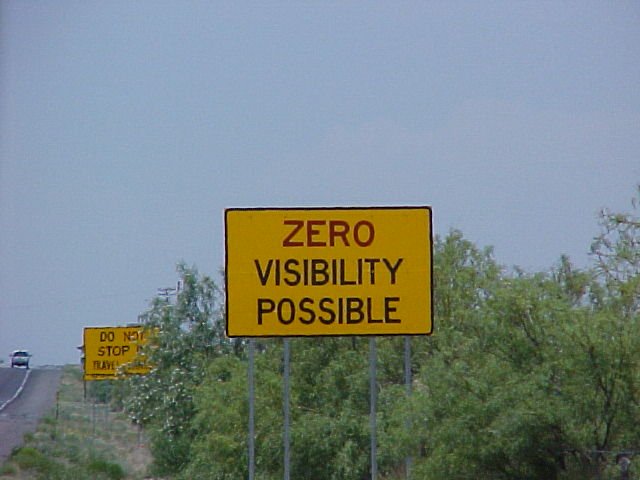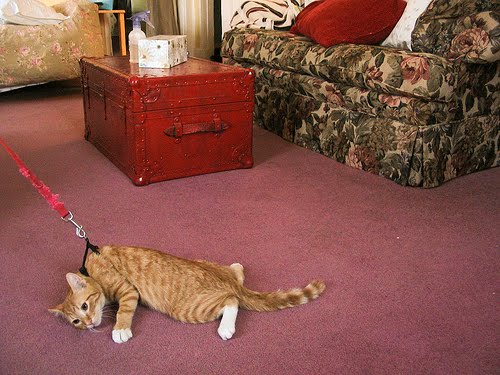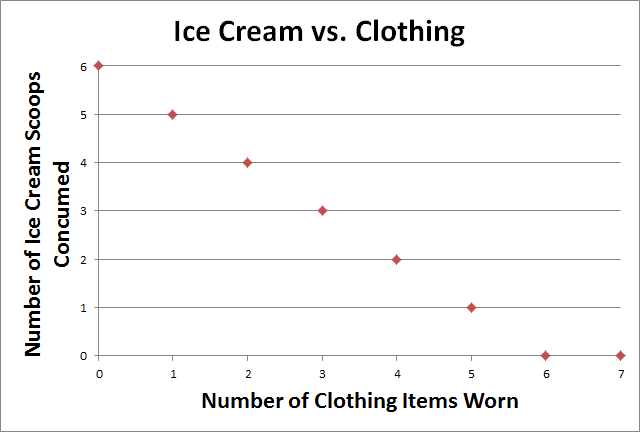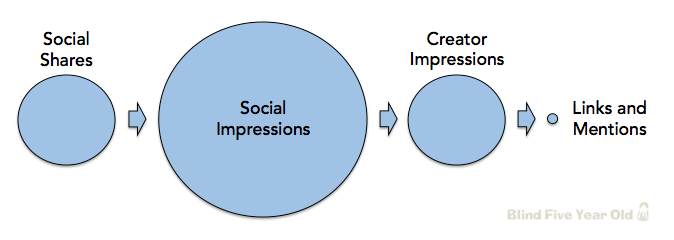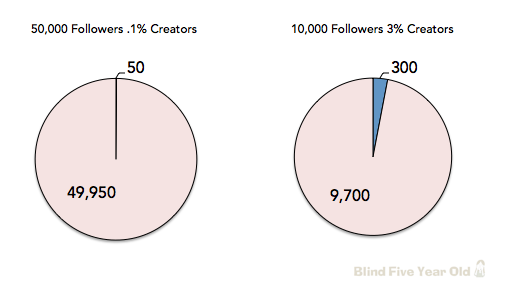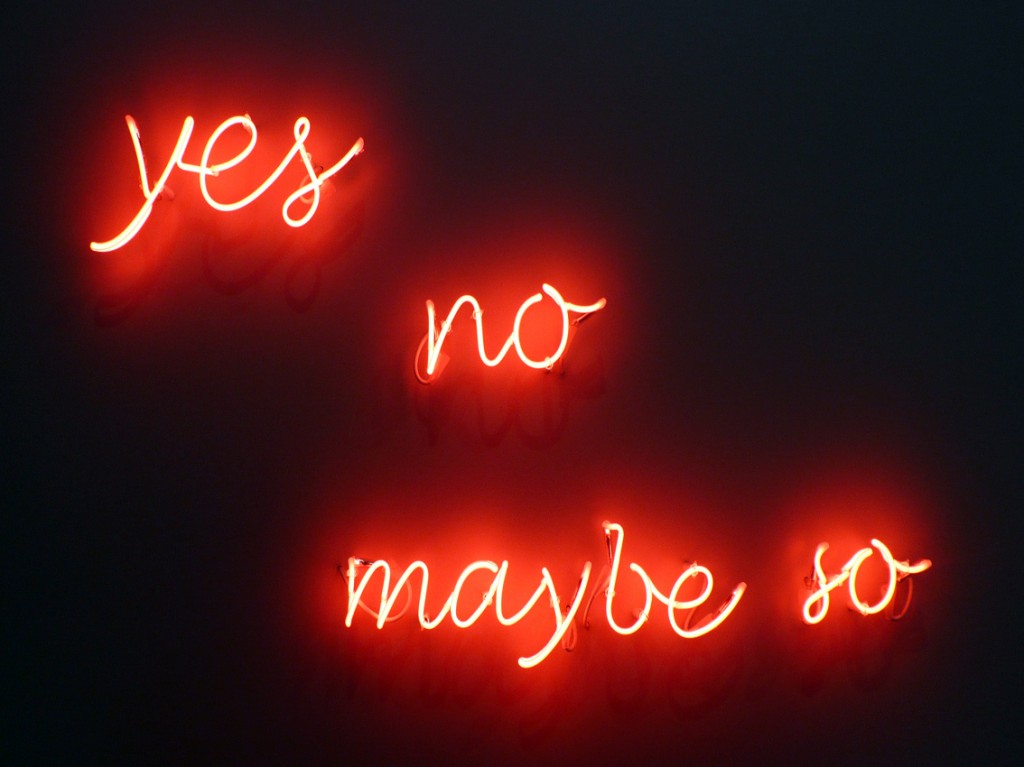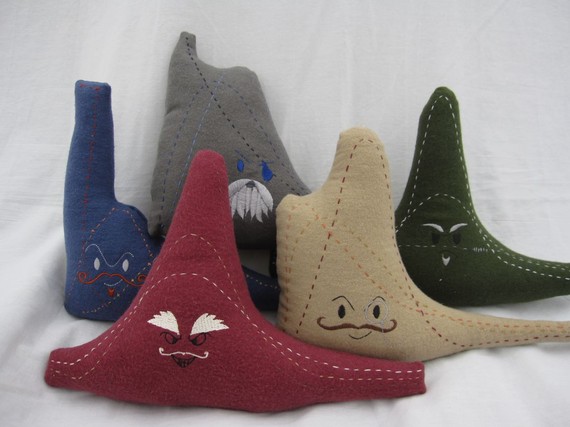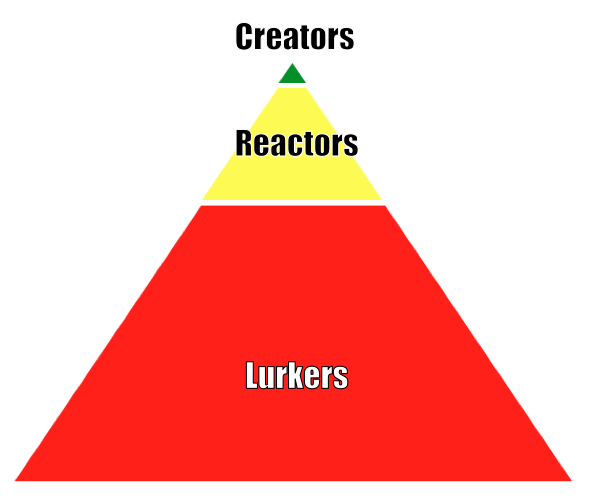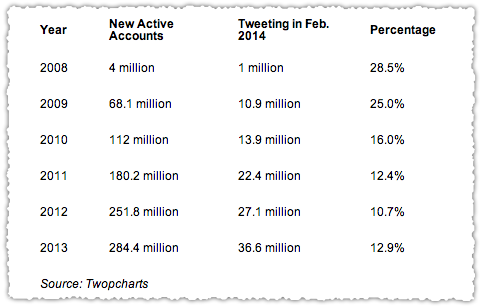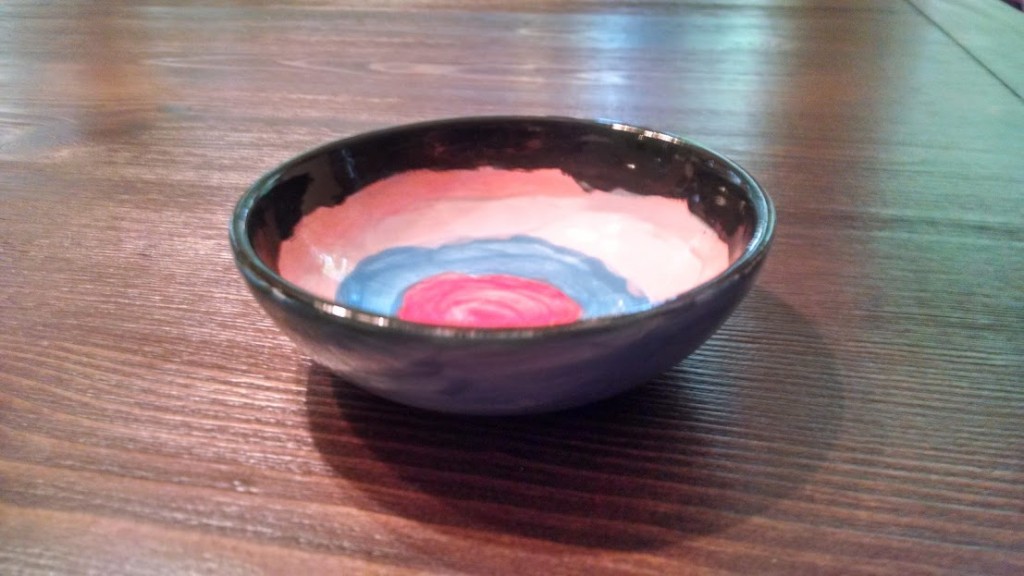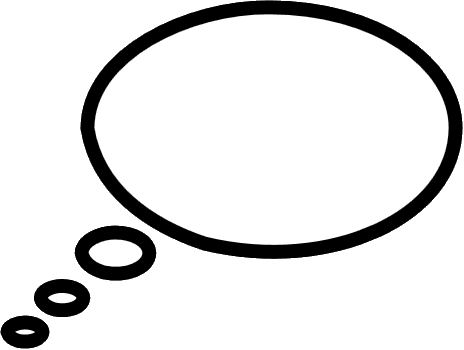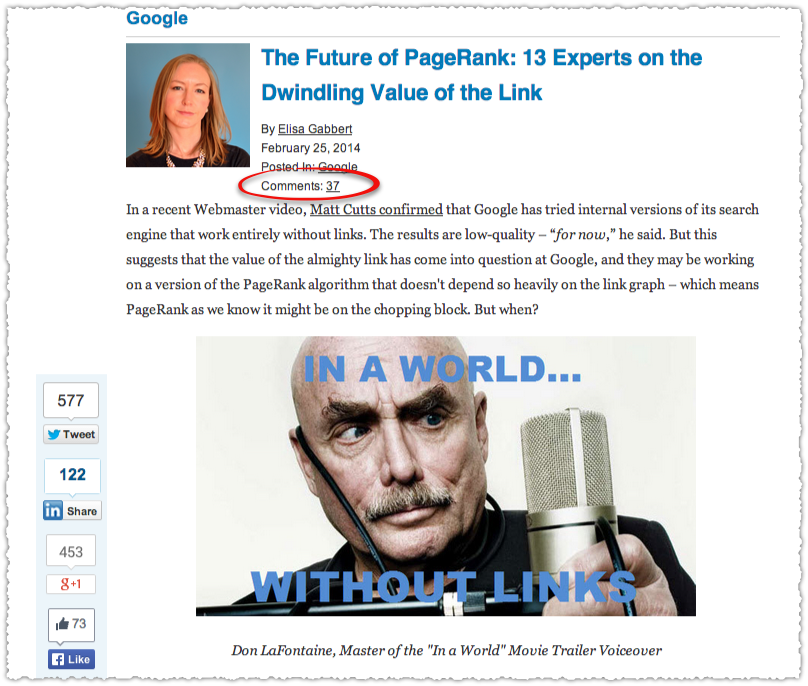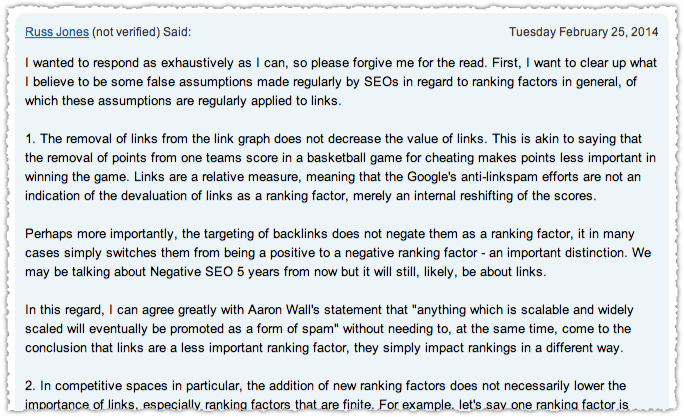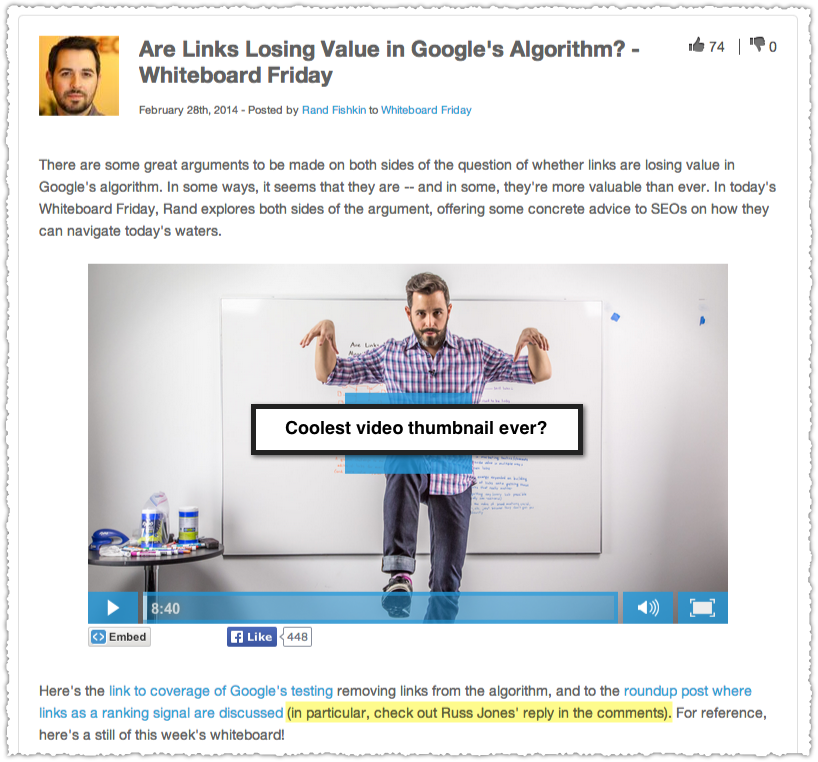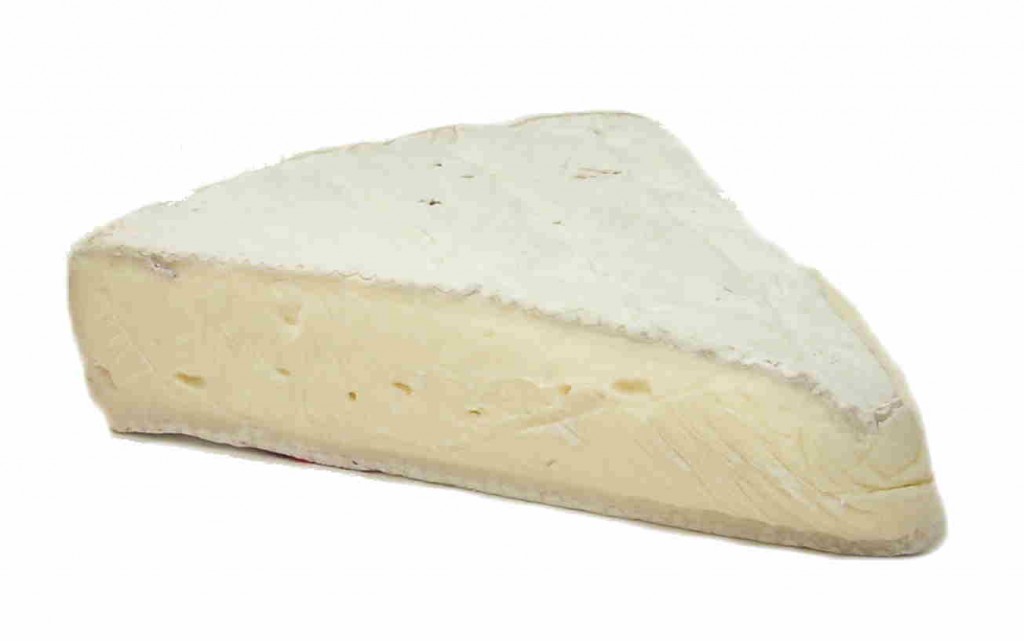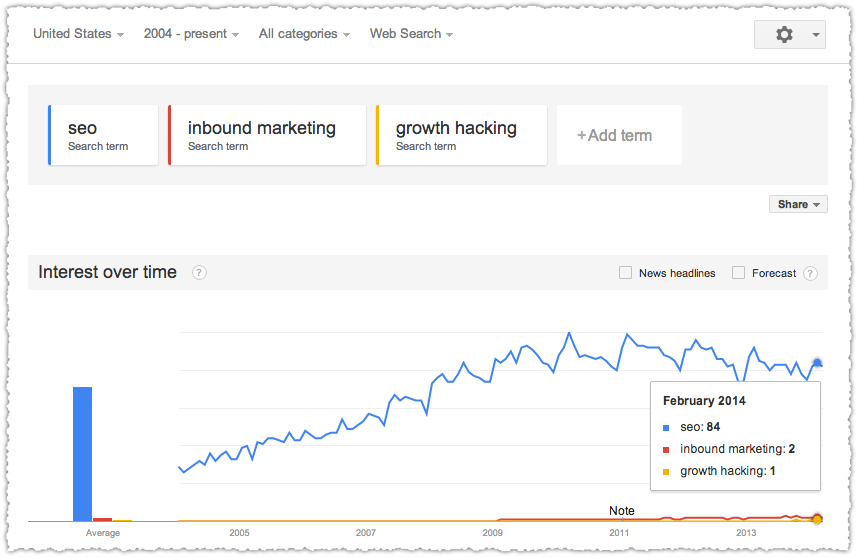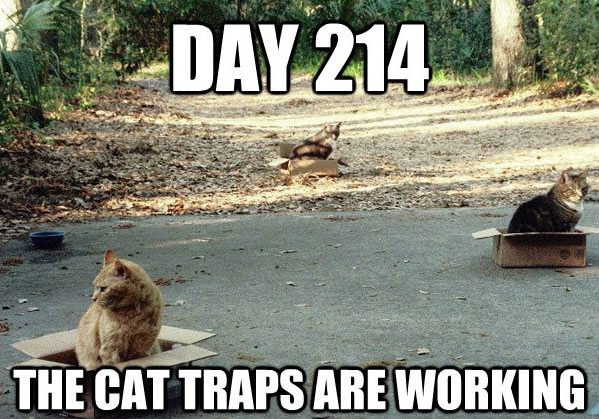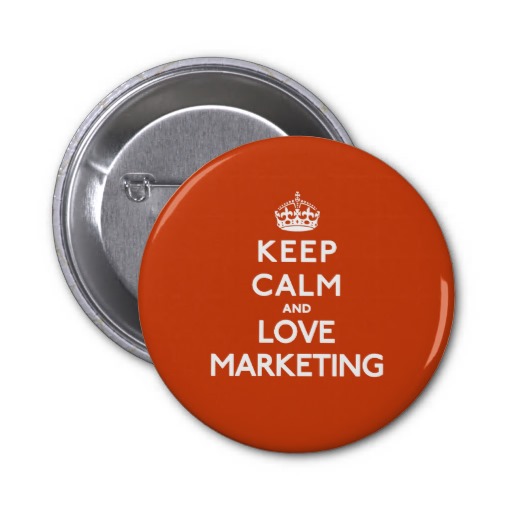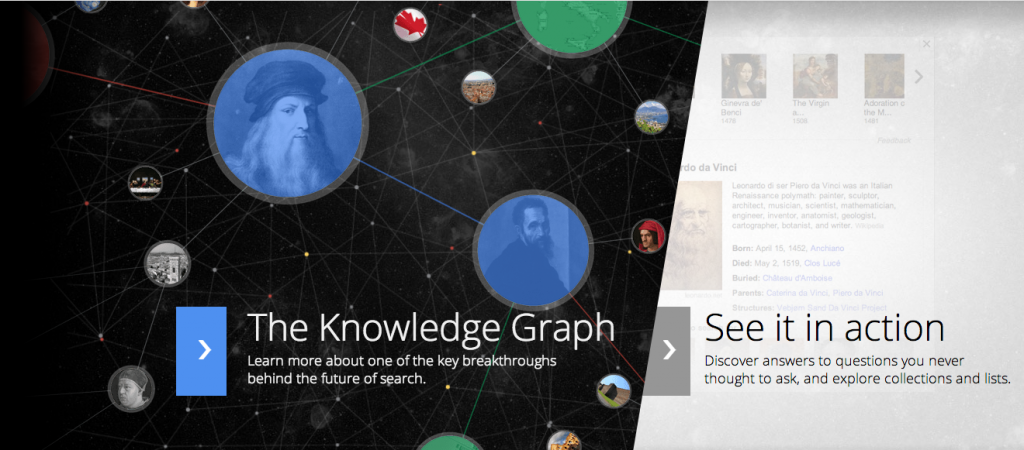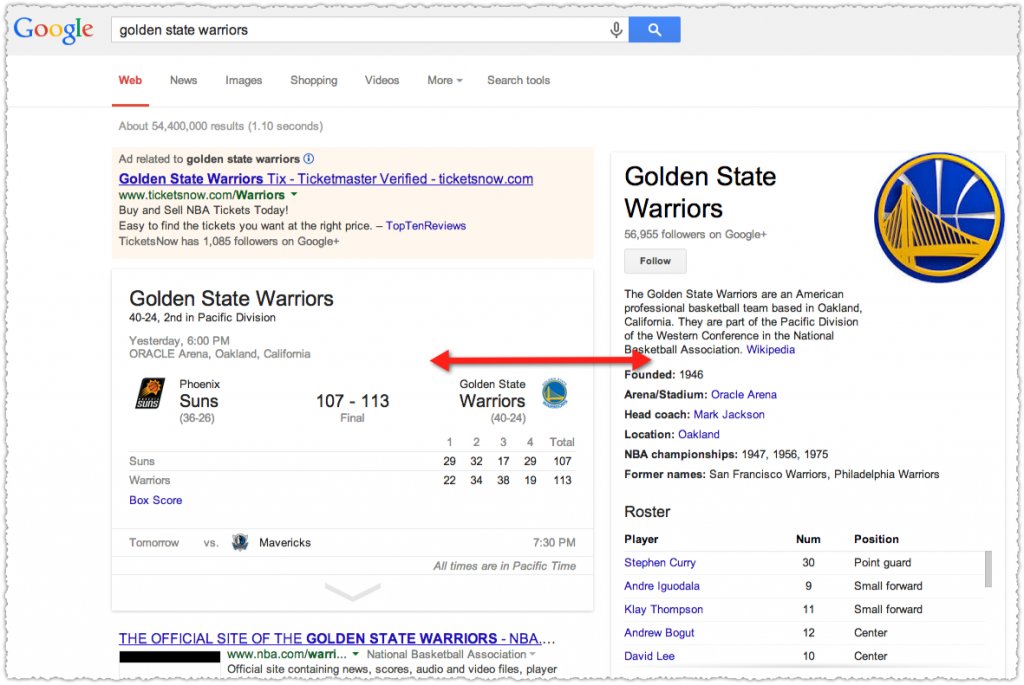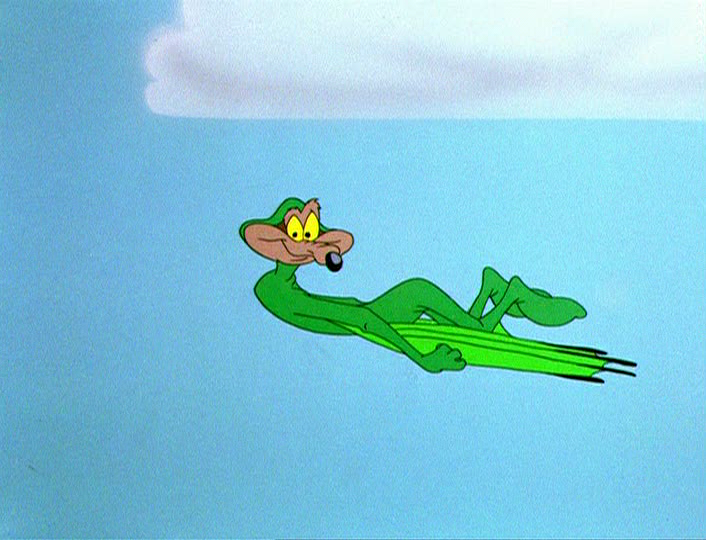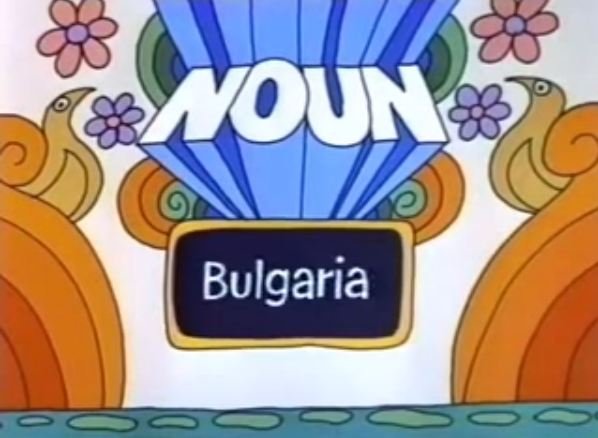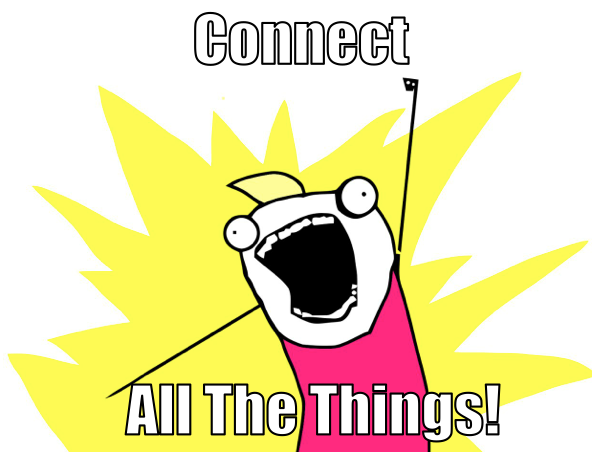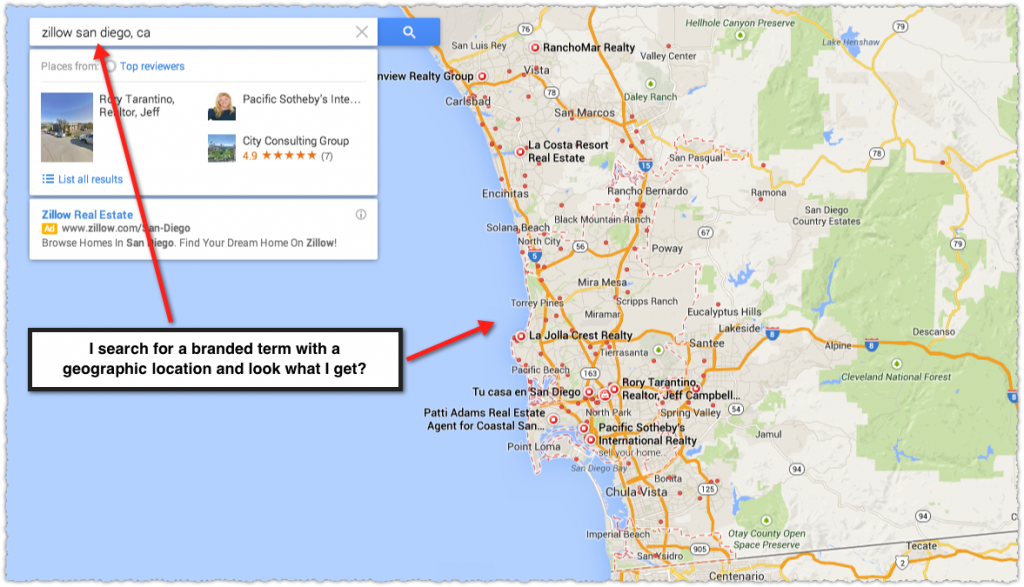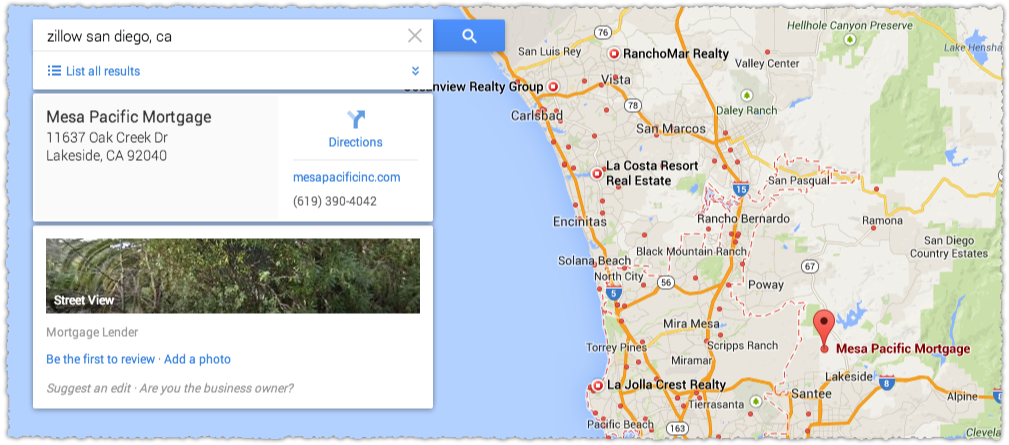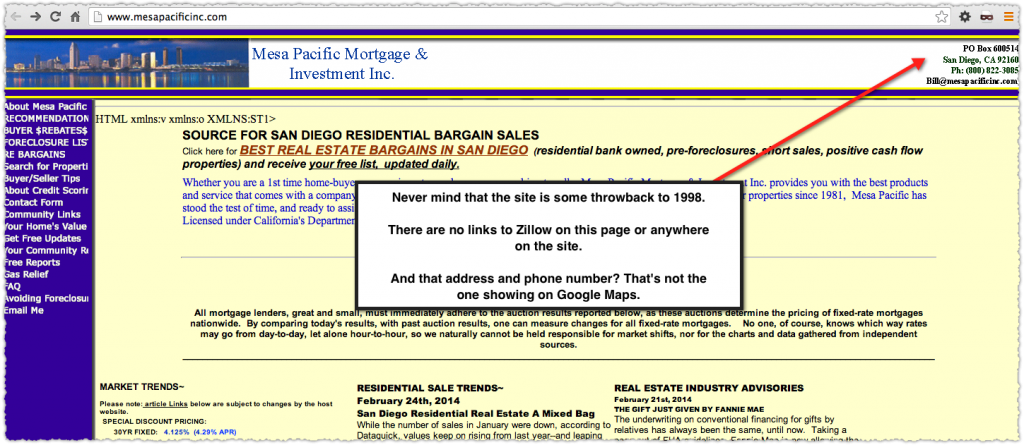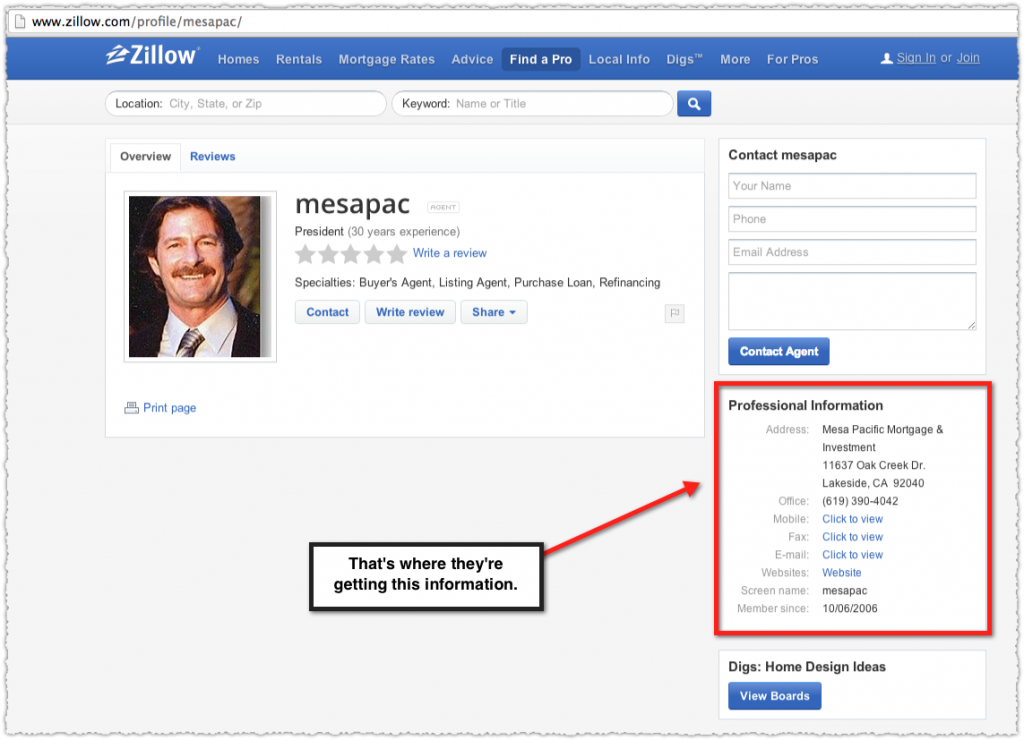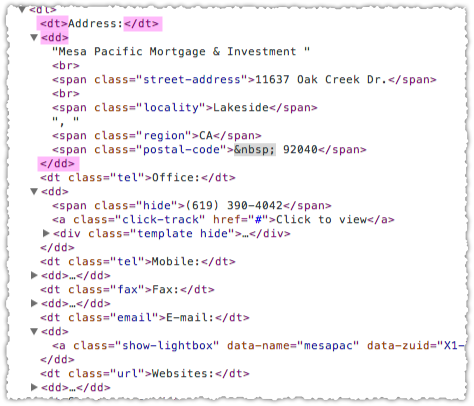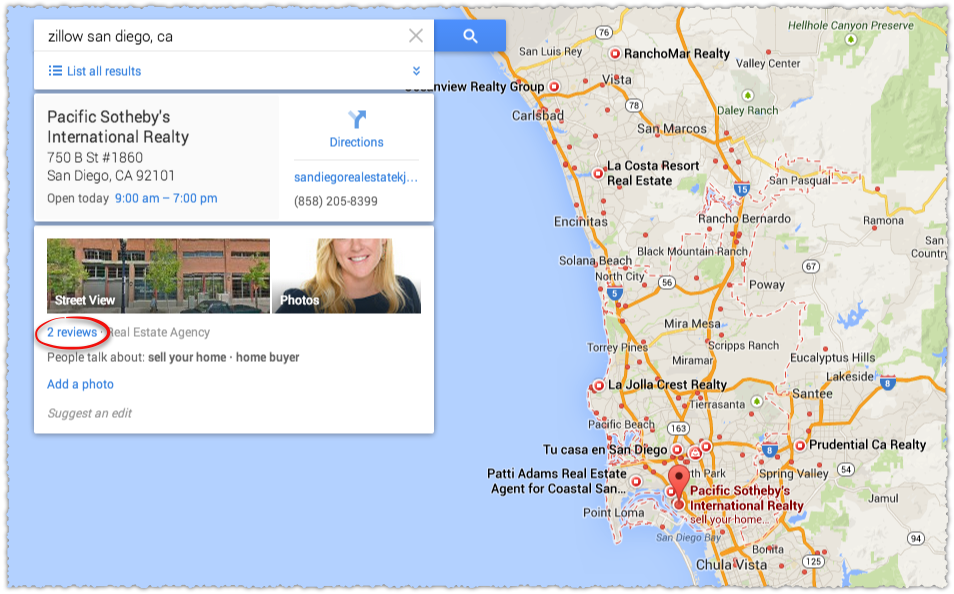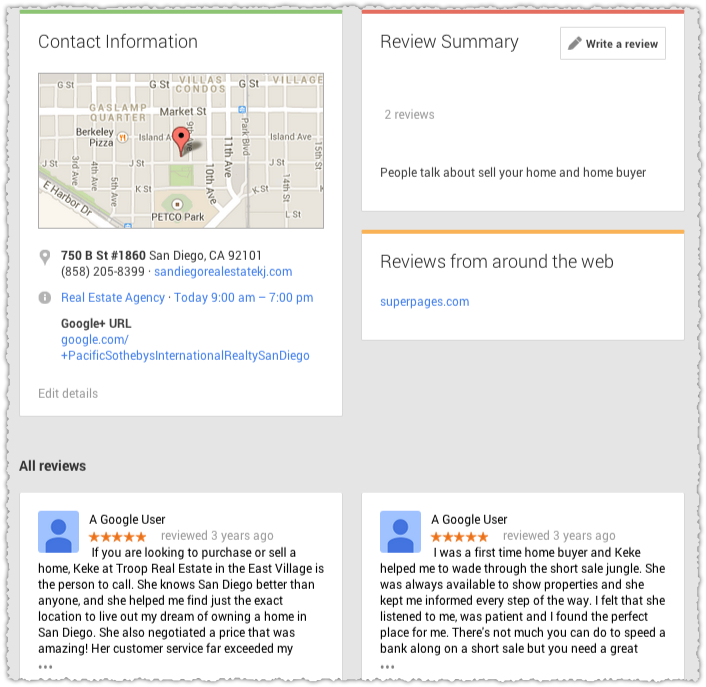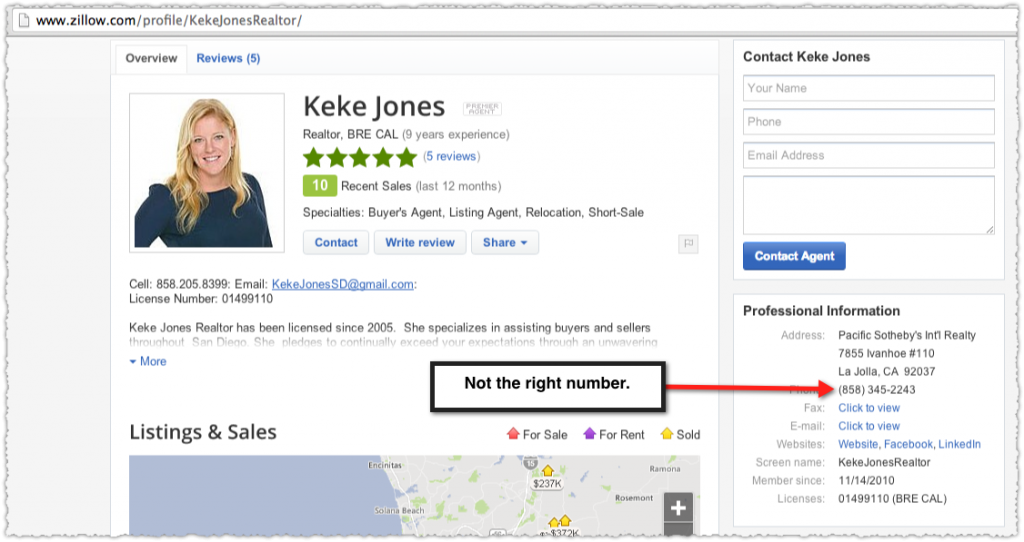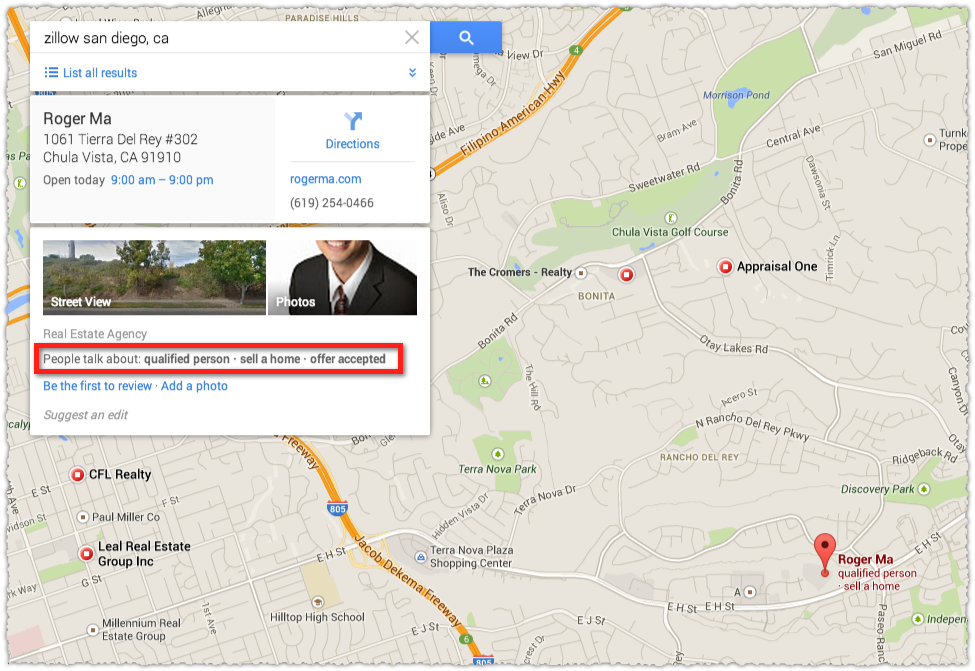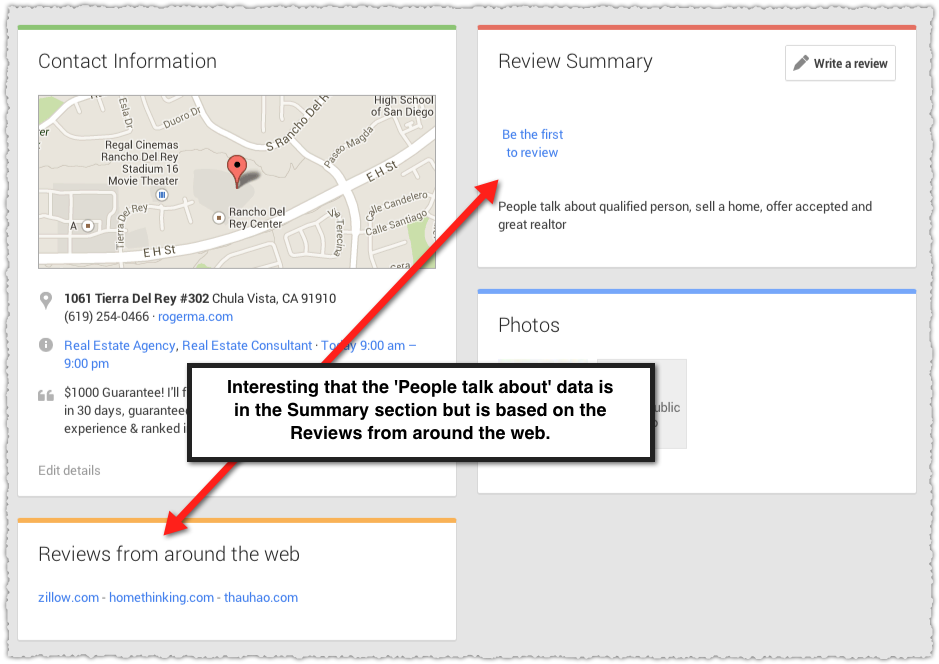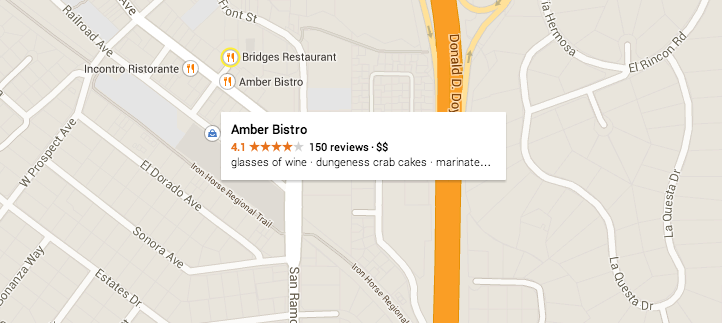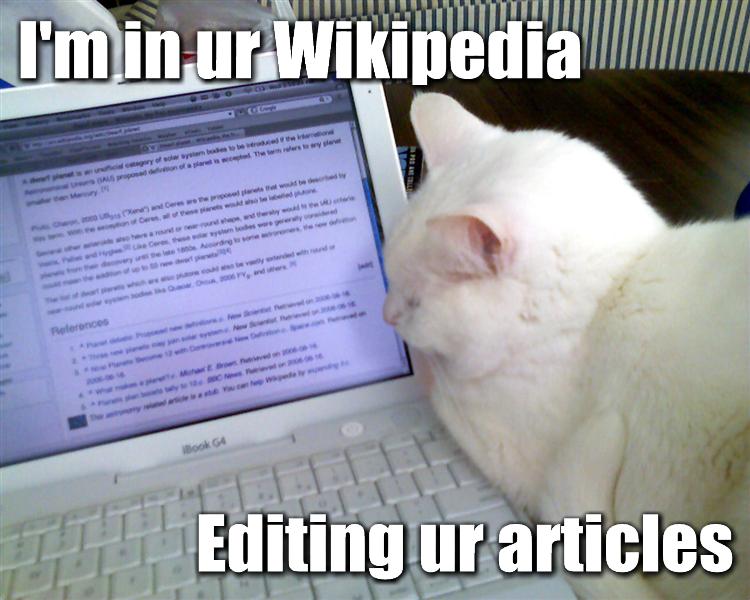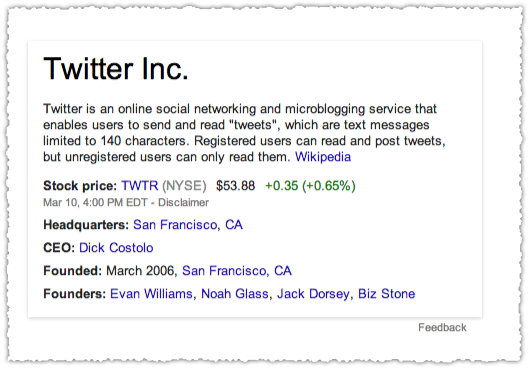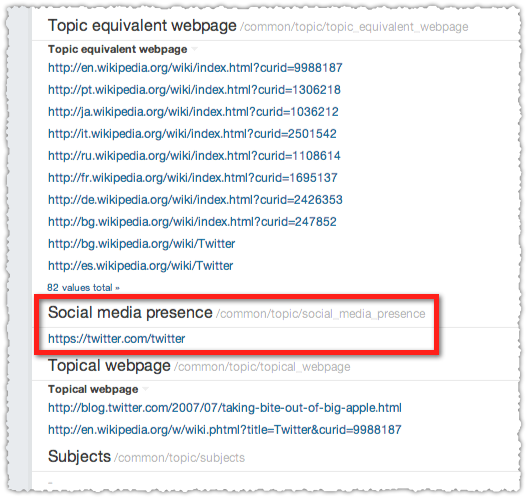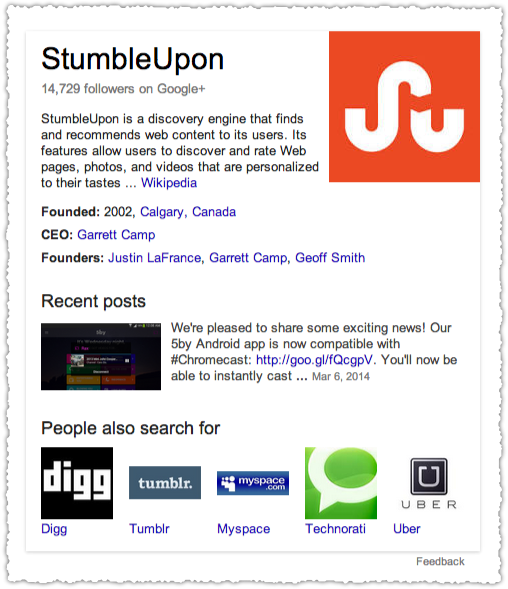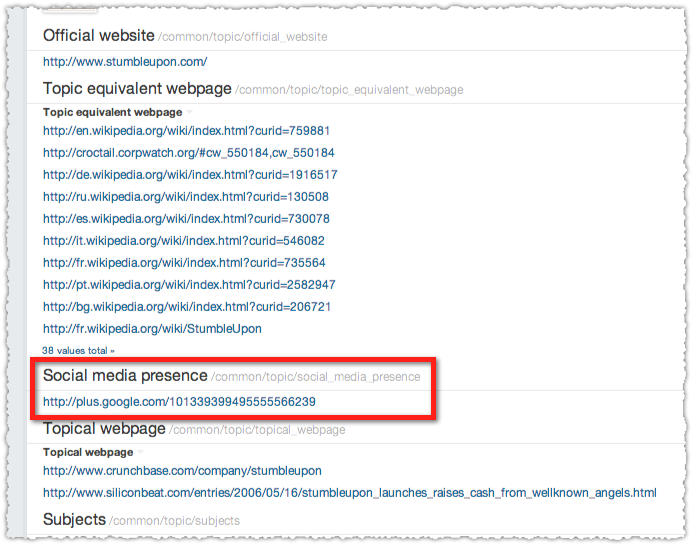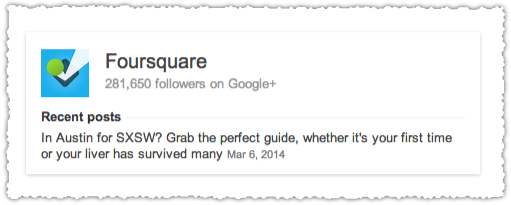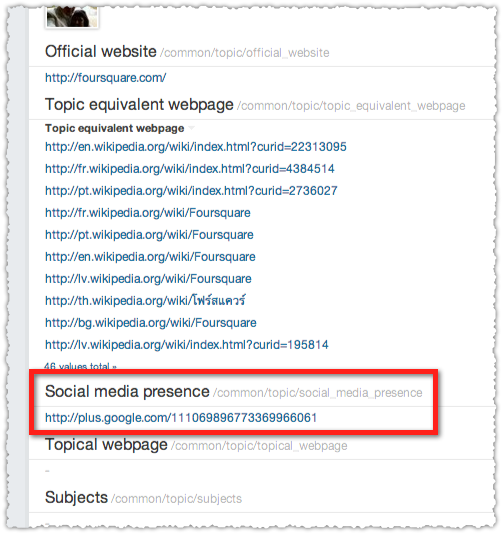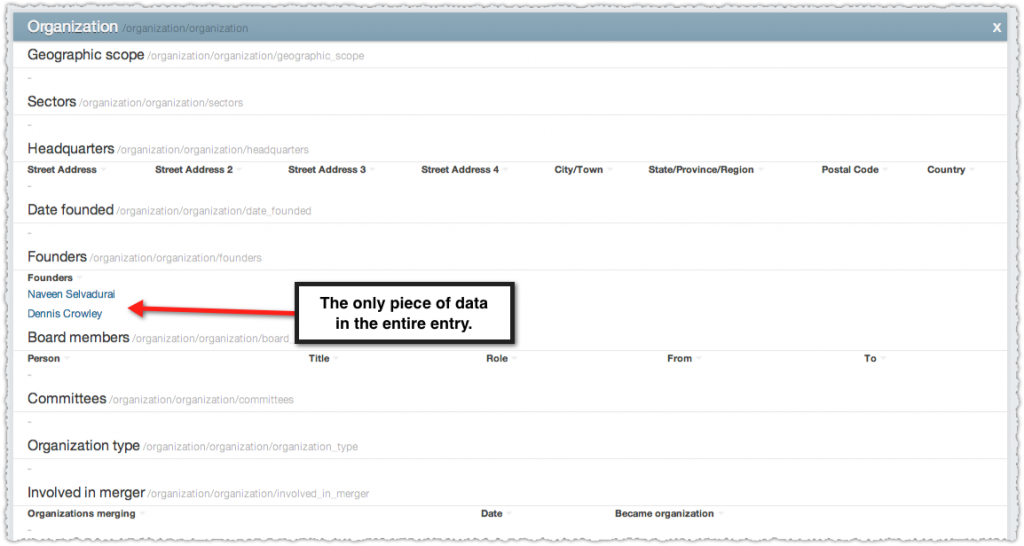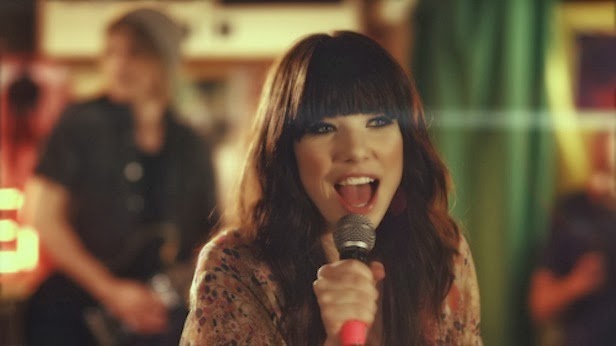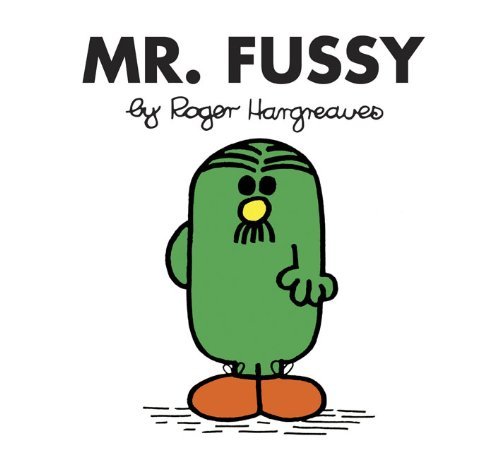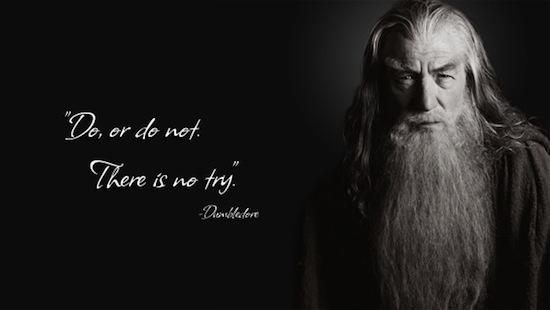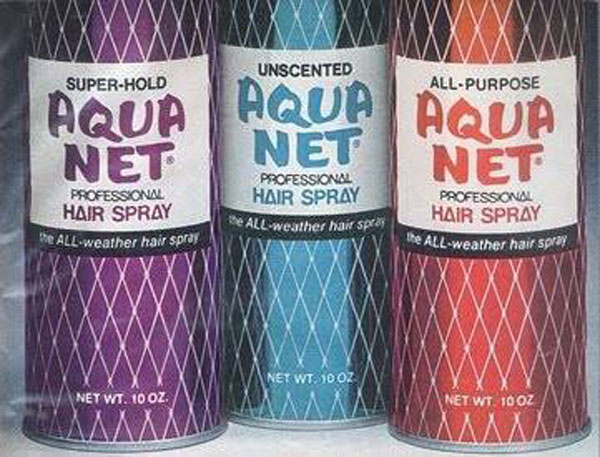Every waking minute of every day we choose to do one thing or another.
For a long time we didn’t have many choices. Hunt the mammoths or mind the fire. Read the bible or tend the crops. I can remember when we only got six television stations on an old black and white TV.
But as technology advances we’re afforded more choices more often.
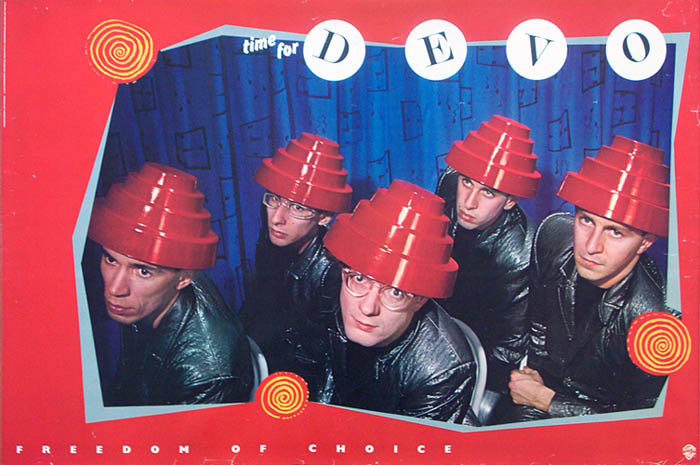
We can decide to talk about the weather with the person next to us in the doctor’s waiting room or stare into our phone and chuckle at a stupid BuzzFeed article. We can focus on that Excel spreadsheet or we can scroll through our Facebook feed.
You can sit on the couch and watch The Blacklist or you can sit on that same couch and read Gridlinked by Neal Asher on a Kindle. You could go out and play tennis or you could go out and play Ingress and hack some portals.
I was going to overwhelm you with statistics that showed how many choices we have in today’s digital society, such as the fact that the typical email subscriber gets 416 commercial emails every month. That’s more than 10 a day!
I could go on and on because there’s a litany of surveys and data that tell the same story. But … we all know this from experience. We live and breath it every day.
We all choose to look, hear and do only so many things. Because there are only so many hours in each day.
Our time and attention is becoming our most valued resource. (Frankly, we should really guard it far more fiercely than we do.) As marketers we must understand and adapt to this evolving environment. But … it’s not new.
The Attention Auction
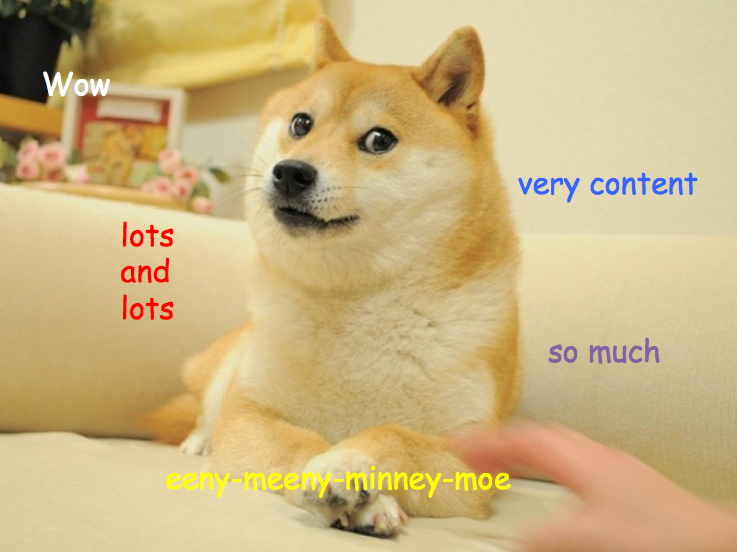
There’s always been an auction on attention. That critical point in time where people decide to give their attention to one thing over the other.
Recently, there’s been quite a kerfluffle over the idea of content shock. That there’s too much content. There are some interesting points in that debate but I tend to believe the number of times content comes up in the auction has increased quite a bit. We consume far more content due to ubiquitous access.
Sure there’s more content vying for attention. But there are more opportunities to engage and a large amount of content never comes up in the auction because of poor quality or mismatched interest.
There are hundreds of TV channels but really only a handful that are contextually relevant to you at any given time. Even if there are 68 sports channels the odds that you are in the mood to watch sports and that there will be something on each of those stations at the same time that you want to watch is very small. If you’re looking to watch NFL Football then Women’s College Badminton isn’t really an option.
More importantly, I believe that we’ve adapted to the influx of content. It’s knowing how we’ve adapted that can help marketers win the attention auction more often.
We Are Internet Old!
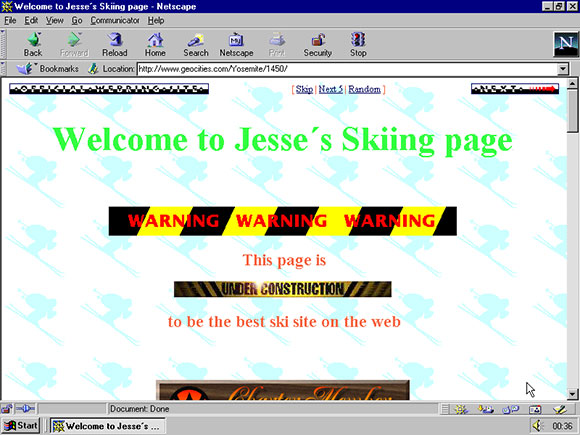
Adolescents often do very reckless things. They run red lights. They engage in binge drinking. They have unprotected sex. While some point to brain development as the cause (and there’s some truth to that), I tend to believe Dr. Valerie Reyna has it right.
The researchers found that while adults scarcely think about engaging in many high-risk behaviors because they intuitively grasp the risks, adolescents take the time to mull over the risks and benefits.
It’s not that adolescents don’t weigh the pros and cons. They do and actually overestimate the potential cons. But despite that, they choose to play the odds and risk it more often than adults. In large part, this can be attributed to less life experience. They’ve had fewer opportunities to land on the proverbial whammy.
As we grow older we actually think less about many decisions because we have more experience and we can make what is referred to as ‘gist’ decisions. From my perspective it simply means we grok the general idea and can quickly say yea or nay.
So what does any of this have to do with the Internet, attention or content?
When it comes to consuming digital content, we’re old. We’ve had plenty of opportunities to experience all sorts of content to the point where we don’t have to think too hard about whether we’re going to click or not. If it fits a certain pattern we have a certain response.
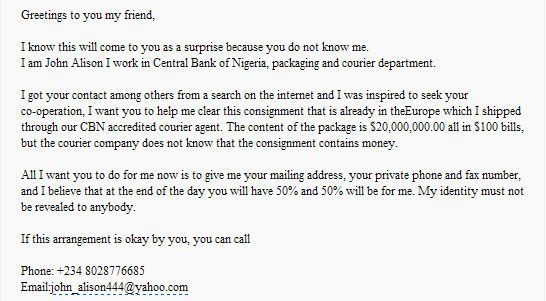
Nay! A thousand times nay.
The vast majority of content being produced is, to put it bluntly, crap. Technology has a lot to do with this. It is both easy and free to create content in written or visual formats. From WordPress to Tumblr to Instagram, nearly anyone can add to the content tidal wave.
Of course, the popularity of ‘content marketing’ has increased the number of bland, “me too” articles, not to mention the eyesore round-up posts that are a simulacrum of true curation.
People have wasted too much time and attention on shitty content. The result? We’re making decisions faster and faster by relying on those past experiences.
We create internal shortcuts in our mind for what is good or bad. It’s a shortcut that protects us from wasting our time and attention, but may also prevent us from finding new legitimate content. So how do we address this cognitive shortcut? How do you win the attention auction?
You can ensure that you fit that shortcut and you can add yourself to that shortcut.
Fit The Shortcut
Getting Attention
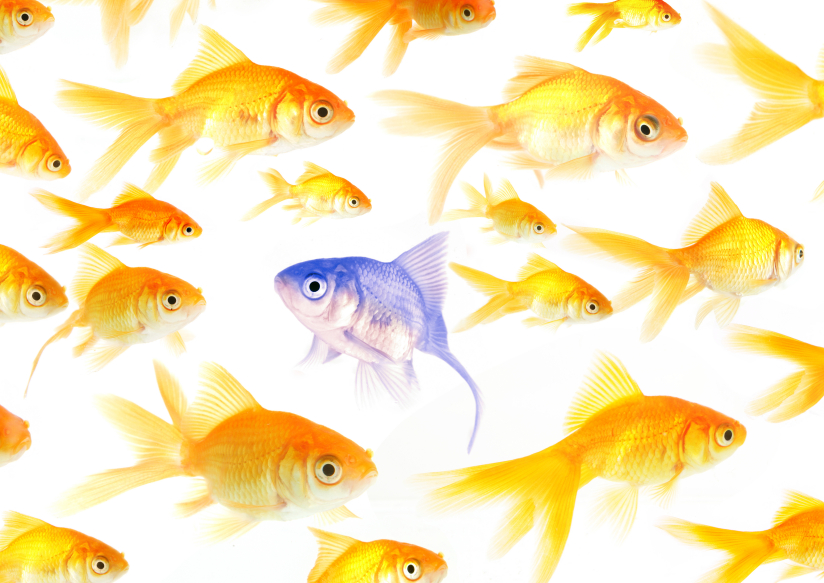
Fitting the shortcut is simple to say, but often difficult to execute. Make sure that, at a glance, you get the attention of your user. There are plenty of ways to do this from writing good titles to using appropriate images to leveraging social sharing.
When ‘1-800 service’ pops up on caller ID you’re probably making a snap decision that it’s a telemarketer and you’ll ignore the call. When it’s the name of your doctor or someone from your family you pick up the phone. This same type of process happens on nearly all social platforms as people scan feeds on Twitter, Google+ and Facebook.
Recently Facebook even admitted to the issues revolving around feed consumption.
The fact that less and less of brands’ content will surface is described as a result of increased competition for limited space, since “content that is eligible to be shown in news feed is increasing at a faster rate than people’s ability to consume it.”
Now this is a bit disingenuous since Facebook is crowding out legitimate content for ads (a whole lot of ads) but the essence of this statement is true. Not only that but your content is at a disadvantage on Facebook since much of the content is personal in nature. Cute pictures of your cousin’s kids are going to trump and squeeze out content from brands.
So with what space you’re left with on these platforms, you better make certain it has the best chance of getting noticed and fitting that shortcut. The thing is, too many still don’t do what’s necessary to give their content the best chance of success.
If you’re not optimizing your social snippet you’re shooting your content in the foot.
Be sure your title is compelling, that you have an eye catching image, that the description is (at a minimum) readable and at best engages and entices. Of course, none of this matters unless that content finds its way to social platforms.
Make sure you’re encouraging social sharing. Don’t make me hunt down where you put the sharing options or jump through hoops once I get there.
Ensure your content is optimized for both social and search. And when you’re doing the latter rely on user centric syntax and intent to guide your optimization efforts.
Your job is to fit into that cognitive shortcut by making it easy for users to see and understand your content in the shortest amount of time possible.
Keeping Attention
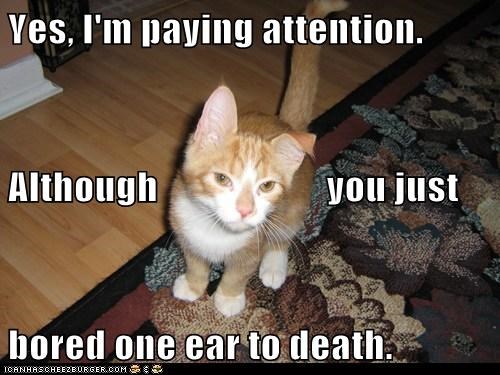
Getting them to your content is the first step in winning their attention. At that point they’re giving you the opportunity to take up more of their time and attention. They made a choice but they’re going to be looking to confirm whether it was a good one with almost the same amount of speed.
When you land on a new website you instantly (perhaps unconsciously) make a decision about the quality and authority of that site and whether you’ll stick around.
A websites’ first impression is known to be a crucial moment for capturing the users interest. Within a fraction of time, people build a first visceral “gut feeling” that helps them to decide whether they are going to stay at this place or continue surfing to other sites. Research in this area has been mainly stimulated by a study of Lindgaard et al. (2006), where the authors were able to show that people are able to form stable attractiveness judgments of website screenshots within 50 milliseconds.
That’s from a joint research paper from the University of Basel and Google Switzerland about the role of visual complexity and prototypicality regarding first impression of websites (pdf).
Once they get to the content you need to ensure they instantly get positive reinforcement. Because at the same time there are other pieces of content, other things, battling for attention.
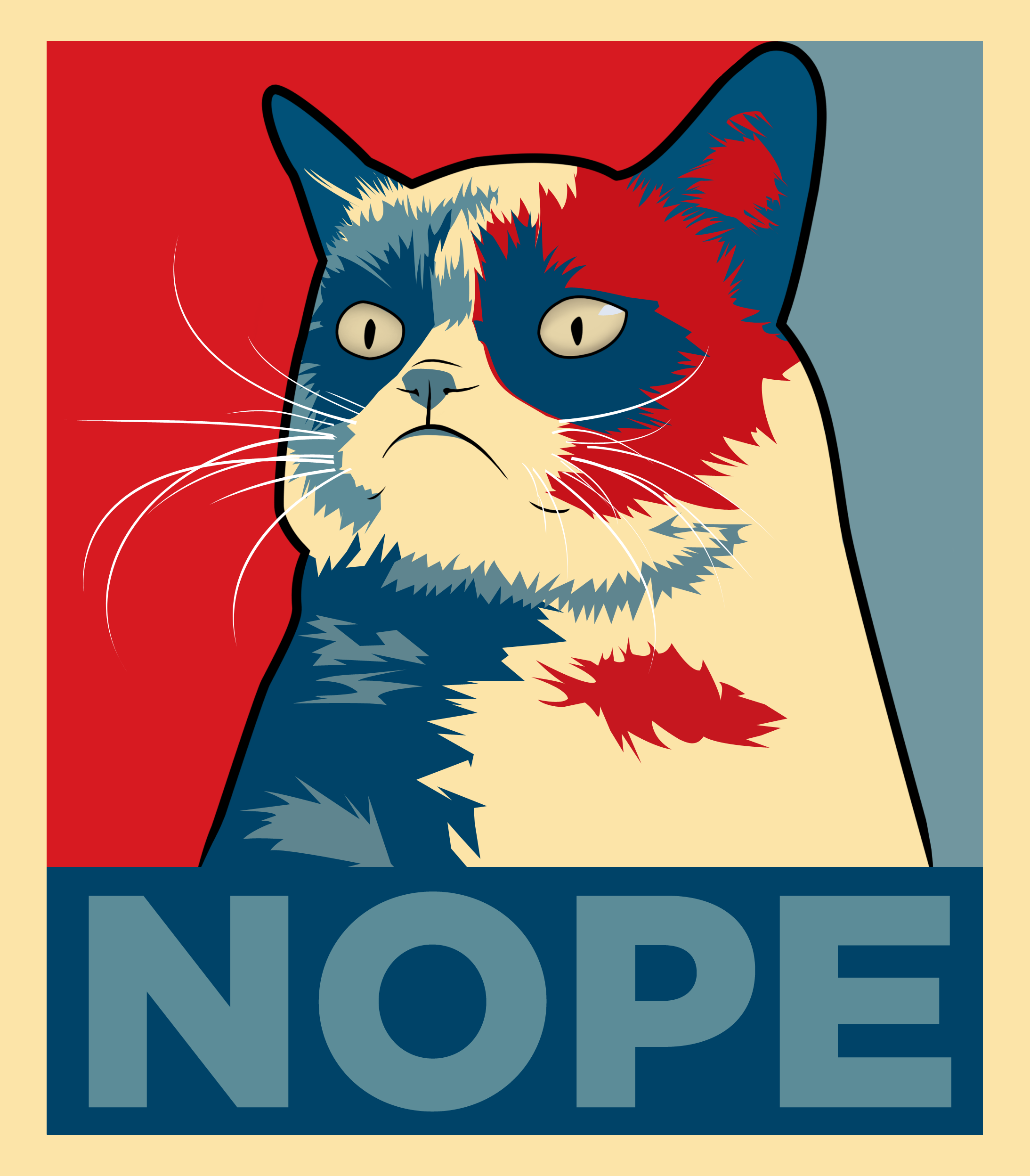
So if they don’t instantly see what they’re looking for you’re giving them a reason to say nope. If what they see on that page looks difficult to read. Nope. If they see grammatical errors. Nope. If they feel the site is spammy looking. Nope.
There is a drum beat of research, examples and terms that underscore the importance of reducing friction.
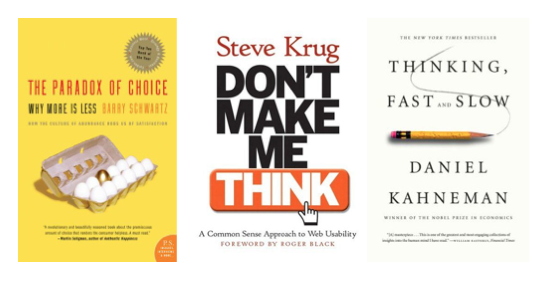
Call it cognitive fluency or cognitive ease, either way we seek out things that are familiar and look like we expect. Books such as Barry Schwartz’s Paradox of Choice and Steve Krug’s Don’t Make Me Think make it clear that too many choices reduce action and satisfaction. And we should all internalize the fact that the majority of people don’t read but instead skim articles.
That doesn’t mean that the actual content has to suffer. I still write what are considered long-form posts but format them in ways that allow people to get meaning from them without having to read them word for word.
Do I hope they’re poring over every sentence? Absolutely! I’m passionate about my writing and writing in general. But I’m a realist and would prefer that more people learn or take something from my writing than have a select few read every word and laud me for sentence construction.
I still point people to my post on readability as a way to get started down this road. Make no mistake, those who optimize for readability will succeed (even with lesser content) than those that refuse to do so out of ego or other rationalizations (I’m looking at you Google blogs).
I will shout in the face of the next person who whines that they shouldn’t have to use an image in their post or that they only want people who are ‘serious about the subject’ to read their article. Wake up before you’re the Geocities of the Internet.
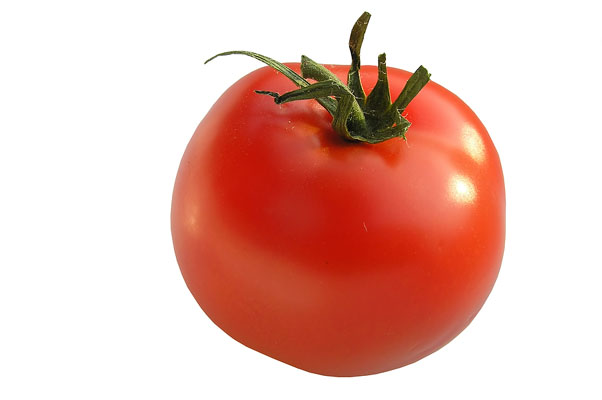
The one thing I do know is that being authentic and having a personality can help you stand out. It can help you to at least get and retain attention and sometimes even become memorable. Here’s a bit of writing advice from Charles Stross.
Third and final piece of advice: never commit to writing something at novel length that you aren’t at least halfway in love with. Because if you’re phoning it in, your readers will spot it and throw rotten tomatoes at you. And because there’s no doom for a creative artist that’s as dismal as being chained to a treadmill and forced to play a tune they secretly hate for the rest of their working lives.
The emphasis is mine. Don’t. Phone. It. In.
Add To The Shortcut
Using Attention
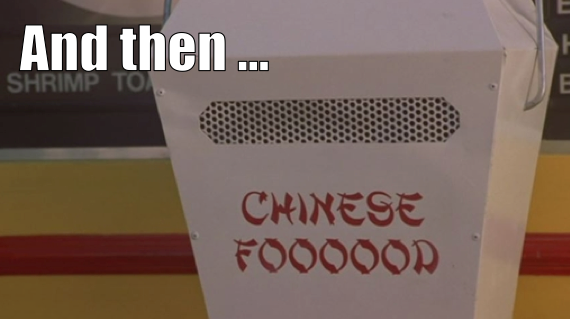
When you do get someone’s attention, what are you doing with it? You want them to add your site, product or brand to that cognitive shortcut. So the next time a piece of that content comes up in the attention auction you’ve got the inside track. They recognize it and select it intuitively.
For instance, every time I see something new from Matthew Inman of The Oatmeal, I give it my attention. He’s delivered quality and memorable content enough times that he doesn’t have to fight so hard for my attention. I have a preconceived notion of quality that I bring to each successive interaction with his content.
Welcome to branding 101.
Consistently creating positive and memorable interactions (across multiple channels) will cause users to associate your site, product or brand as being worthy of attention.
Let me be more explicit about that term ‘interactions’. Every time you’re up in the attention auction counts as an interaction. So if I choose to pass on reading your content, that counts and not in a good way. We’re creatures of habit so the more times I pass on something the more likely I am to continue passing on it.
Add to that the perception (or reality) that we have less time per piece of content and each opportunity you have to get in front of a user is critical.
Now, if I actually get someone to share a piece of content, will it be presented in a way that will win the attention auction? If it isn’t not only have I squandered that user action but I may have created a disincentive for sharing in the future. If I share something and no one gives me a virtual high five of thanks for doing so will I continue to share content from that source?
Poor social snippet optimization is like putting a kick-me sign on your user’s back.
Memorable

If you want to be added to that cognitive shortcut you need to make it easy for them to do so. You need them to remember and remember in the ‘right’ way.
I’ve read quite a bit lately about ensuring your content is useful. I find this bit of advice exceedingly dull. I mean, are you creating content to be useless? I’m sure content spammers might but by in large most aren’t. Not only that but there’s plenty of great content that isn’t traditionally useful unless you count tickling the funny bone as useful.
Of course you’ve also probably read about how tapping into emotion can propel your content to the top! Well, there’s some truth to that but that’s often at odds with being useful such as creating a handy bookmarklet or a tutorial on Excel. I suppose you could link it to frustration but you’re not going to have some Dove soap tear-jerker piece mashed up with Excel functions. Even Annie Cushing can’t pull that off.
Story telling is also a fantastic device but it’s not a silver bullet either. Mind you, I think it has a better chance than most but even then you’re really retaining attention instead of increasing memory.

You have to make your content cocktail party ready. Your content has to roll off the tongue in conversation.
I read this piece on Global Warming in The New York Times.
I heard this song by Katy Perry about believing in yourself.
I saw this funny ad where Will Ferrell tosses eggs at a Dodge.
Seriously, when you’re done with a piece of your content, describe it to someone out loud in one sentence. That’s what it’ll be reduced to for the most part.
As humans we categorize or tag things so we can easily recall them. I think the scientific term here is ‘coding’ of information. If we can’t easily do so it’s tough for us to talk about them again, much less find them again. As an aside, re-finding content is something we do far more often than we realize and is something Google continues to try to solve.
Even when we can easily categorize and file away that bit of information, we’re not divvying it up into a very fine structure. Only the highlights make it into memory. We only take a few things from the source information. A sort of whisper down the lane effect takes place. You suddenly don’t remember who wrote it, or where you saw it.
We’re trying to optimize the ability to recall that information by using the right coding structure, one that we’ll be able to remember.
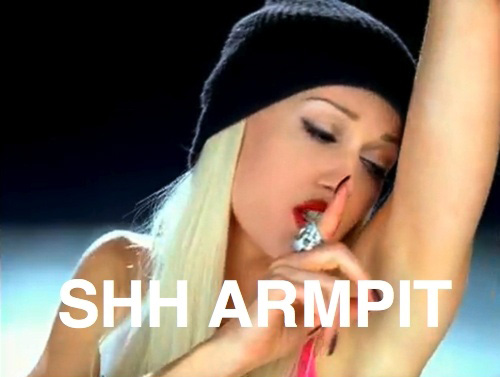
It’s the reason you need to be careful about if or how you go about guest blogging. This is also why I generally despise (strong word I know) Infographics. Because more often than not if you hear someone refer to one they say ‘That Infographic on Water Conservation’ or ‘That Infographic on The History of Beer’.
Guess what, they have no clue where they saw it or what brand it represents. Seriously. Because usually the only two things remembered are the format (Infographic) and the topic. When I ask people to name the brands behind Infographics I usually get two responses: Mint and OK Cupid. Kudos to them but a big raspberry for the rest of you.
“But the links” I hear some of you moan. Stop. Stop it right now! That lame ass link (no don’t tell me about the DA number) is nothing compared to the attention you just squandered.
I’m not saying that Infographics can’t work, but they have to be done thoughtfully, for the right reasons and to support your brand. Okay, rant over.
Ensuring people walk away with a concise meaning increases satisfaction. And getting them to repeat it to someone else helps secure your content in memory. The act of sharing helps add your site or brand to that user’s shortcut.
If there were a formula you could follow that would guarantee great content, why is there so much crap? If we all knew what makes a hit song or a hit movie why isn’t every song and film a success? This isn’t easy and anyone telling you different is lying.
Consistent
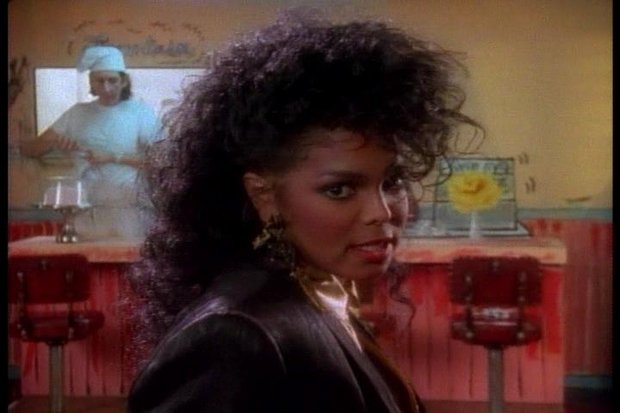
You can also add to the shortcut by creating an expectation. This can be around the quality of your content but that’s pretty tough to execute on. I mean, I completely failed at generating enough blog content last year. I’m not advocating a paint-by-numbers schedule, but I had more to say and at some point if you’re name isn’t out there they begin to forget you.
There’s a fair amount of research that shows that memory is a new mapping of neurons and that the path becomes stronger with repeated exposure. You inherently know this by studying. The more you study the more you remember.
But what if the memory of your site or brand, that path you’re creating in your user’s mind, isn’t clear. What if the first time you associate the brand with one thing and the next time it’s not quite that thing you thought it was. Or that the time between exposures is so great that you can’t find that path anymore and inadvertently create a new path. How many times have you saved something only to realize you already saved it at some point in the past?
Now, I’m out there in other ways. I keep my Twitter feed going with what I hope is a great source of curated content across a number of industries. My Google+ feed is full of the same plus a whole bunch of other content that serves as a sort of juxtaposition to the industry specific content.
One of the more successful endeavors on Google+ is my #ididnotwakeupin series where I share photos from places around the world. It’s a way for me to vicariously travel. So every morning for more than two years I’ve posted a photo tagged with #ididnotwakeupin.
The series gets a decent amount of engagement and if I tried harder (i.e. – interacted with other travel and photography folks) I’m pretty sure I could turn it into something bigger. I even had an idea of turning it into a coffee table book. I haven’t though. Why? Because there’s only so much time in every day. See what I did there?
Another example of this is Moz’s Whiteboard Friday series. You aren’t even sure what the topic is going to be but over time people expect it to be good so they tune in.
Or there’s Daily Grace It’s Grace on YouTube where people expect and get a new video from Grace Helbig every Monday through Friday. Want to double-down on consistent? Tell me what phrase you remember after watching this video from Grace (might be NSFW depending on your sensitivity).
Very … yeah, you know.
That’s right. Repetition isn’t a bad thing. The mere exposure effect demonstrates that the more times we’re exposed to something the better chance we’ll wind up liking it. This is what so many digital marketing gurus don’t want you to hear.
Saturation marketing (still) works because more exposure equals familiarity which improves cognitive fluency which makes it easier to remember.
It’s sort of like the chorus in a song, right? Maybe you don’t know all the words to each verse but you know the chorus! Particularly if you can’t get away from hearing it on the radio every 38 minutes.
In some ways, the number of exposures necessary is inversely proportional to the quality of the content. Great content or ads don’t need much repetition but for me to know that it’s JanuANY at Subway this month might take a while.
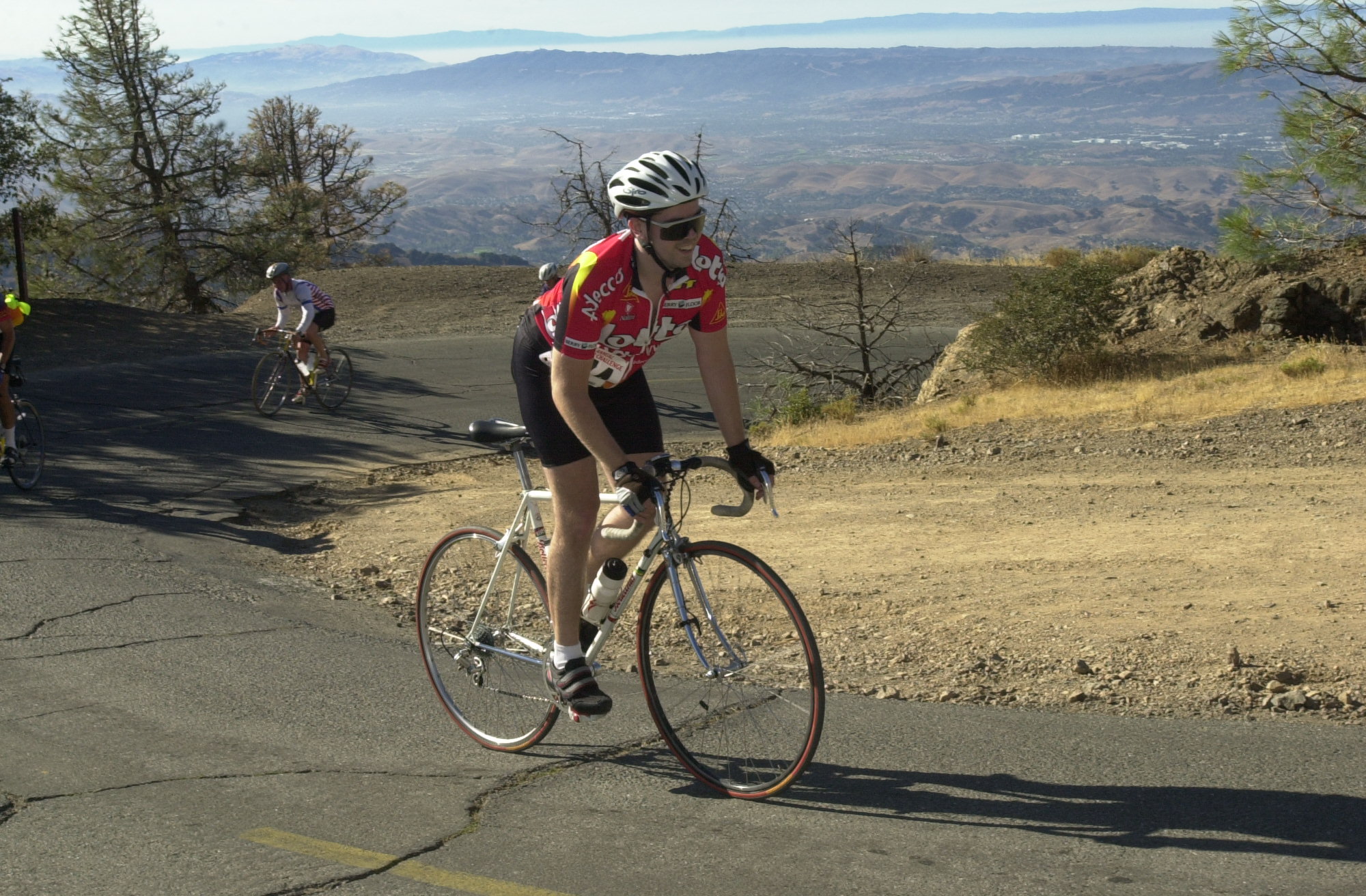
And the biggest mistake I see people make is stopping. “We blogged for a few months and saw some progress but not enough to keep investing in it.” This is like stopping your new diet and exercise regimen because you only lost 6 pounds.
You always have to be out there securing and reinforcing your brand as a cognitive shortcut.
Does Pepsi decide that they just don’t need to do any more advertising? Everyone knows about Pepsi so why spend a billion dollars each year marketing it? You just can’t coast. Well, you can, but you’re taking a huge risk. Because someone or something else might fill the void. (Note to self, I need to take this advice.)
Shared

The act of sharing content likely means it will be remembered. To me it’s almost like having to describe that content in your head again as you share it. You have that small moment where you have to ask questions about what you’re sharing, with who and why it’s interesting.
So sharing isn’t just about getting your content in front of other people it’s helping to cement your content in the mind of that user.
Of course, having the same piece of content float in front of your face a number of times from different sources helps tremendously. Not only are you hitting on the mere exposure effect you’re also introducing some social proof to the equation.
To me the goal isn’t really to ‘go viral’ but to increase the number of times I’m winning the attention auction by getting there more often with an endorsement.
You might not click on that ‘What City Should You Actually Live In?‘ quiz on Facebook the first time but after four people have posted their answers you just might cave and click through. (Barcelona by they way.)
Examples
Breaking Bad

How did Breaking Bad become such a huge hit? It wasn’t when it first started out. I didn’t watch the first two seasons live.
But enough people did and AMC kept the faith and kept going. Because enough people were talking about it. It was easy to talk about too. “This show where a chemistry teacher becomes a meth dealer.” Bonus points that the plot made it stand out from anything else on TV.
And then you figured out that you could watch it on Netflix! People gave it a try. Then they began to binge watch seasons and they were converts. They wanted more. MOAR!
Of course none of it would have happened if it weren’t a great show. But Breaking Bad was also consistent, persistent, memorable and available.
BuzzFeed
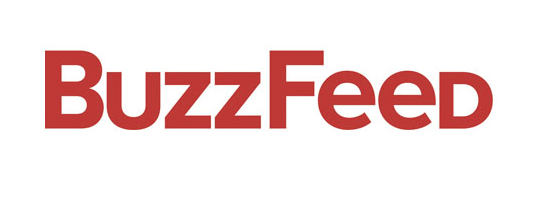
I know what you’re thinking. BuzzFeed? Come on, their content sucks! And for the most part I’d have to agree. But it’s sort of a guilty pleasure isn’t it?
Here’s why I think BuzzFeed works. You’ve found yourself on a BuzzFeed ‘article’ a number of times. It’s not high quality in most senses of the word but it does often entertain. Not only that it does so very quickly.
If I’m ‘reading’ the 25 Times Anna Kendrick Was Painfully Accurate post I’m only scrolling through briefly and I do get a chuckle or two out of it. This has happened enough times that I know what to expect from BuzzFeed.
I’ve created a cognitive shortcut that tells me that I can safely click-through on a BuzzFeed post because I’ll get a quick laugh out of it. They entertain and they respect my time. For my wife that same function is filled by Happy Place.
Blind Five Year Old
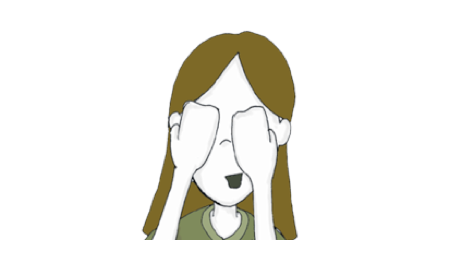
How about my site and personal brand? I’ve done pretty well but it took me quite a while to get there, figuring out a bunch of stuff along the way.
Seriously, I blogged in relative obscurity from 2008 to 2010. But over time the quality of my posts won over a few people. But quality wasn’t enough. I also got better and better at optimizing my content for readability and for sharing.
I use a lot of images in my content. And I spend a lot of time on selecting and placing them. I still think I botched the placement of an image in my Keywords Still Matter post. And it still irks me. No, I’m not joking.
The images make it easier to read. Not only do they give people a rest, they allow me to connect on a different level. Sometimes I might be able to communicate an idea better with the help of that image. It helps to make it all click.
I use a lot of music references as images. Part of it is because I like music but part of it is because if you’re suddenly singing that song in your head, then you’re associating my content with that song, if even just a little. When I do that I have a better chance of you remembering that content. I’ve helped create a tag in your mental filing system.
I try to build more ways for you to connect my content in your head.
TL;DR
We have more choices more often when it comes to content. In response to this we’re protecting our time and attention by making decisions on content faster. Knowing this, marketers must work harder to fit cognitive shortcuts we’ve created, based on experience, for what is perceived as clickable or authoritative content.
Alternatively, the consistent delivery and visibility of memorable content can help marketers create a cognitive shortcut, giving themselves an unfair advantage when their content comes up in the attention auction.
